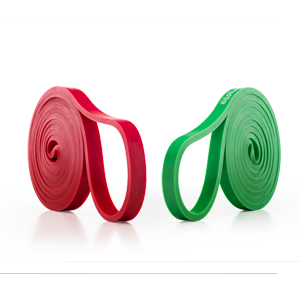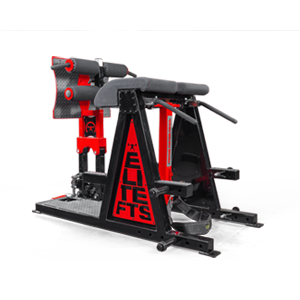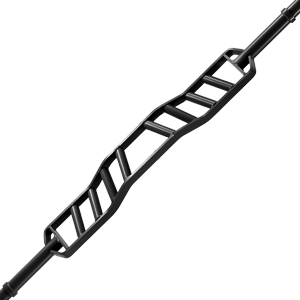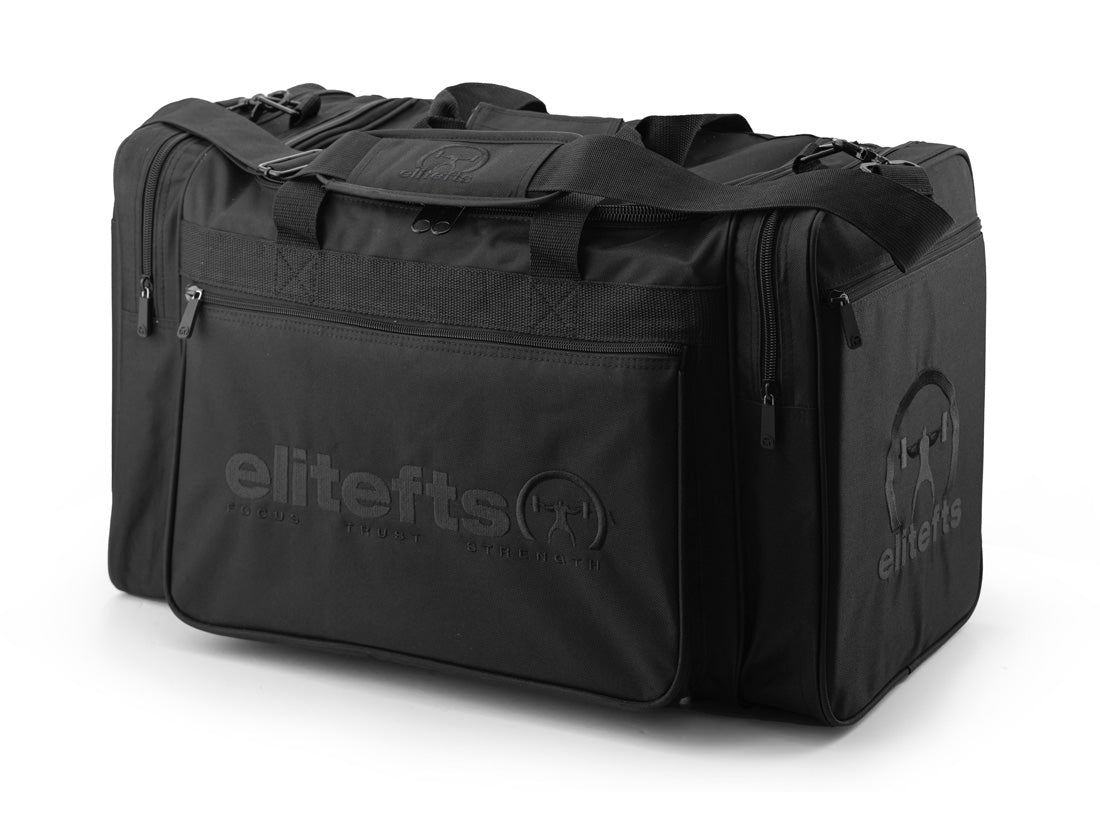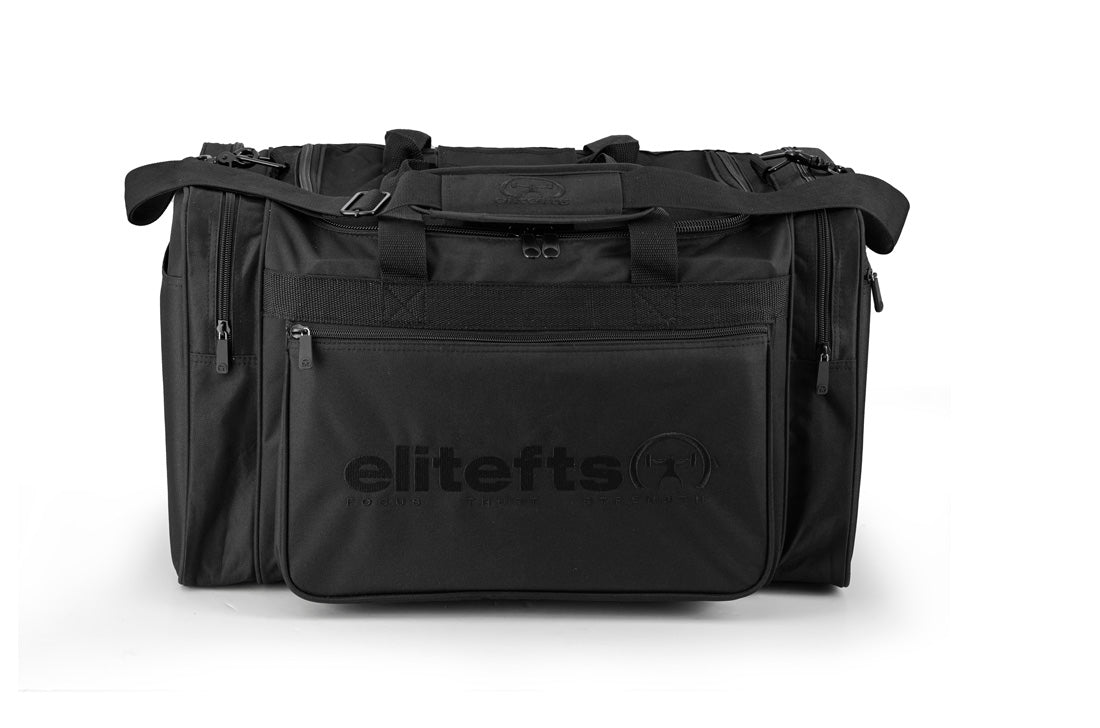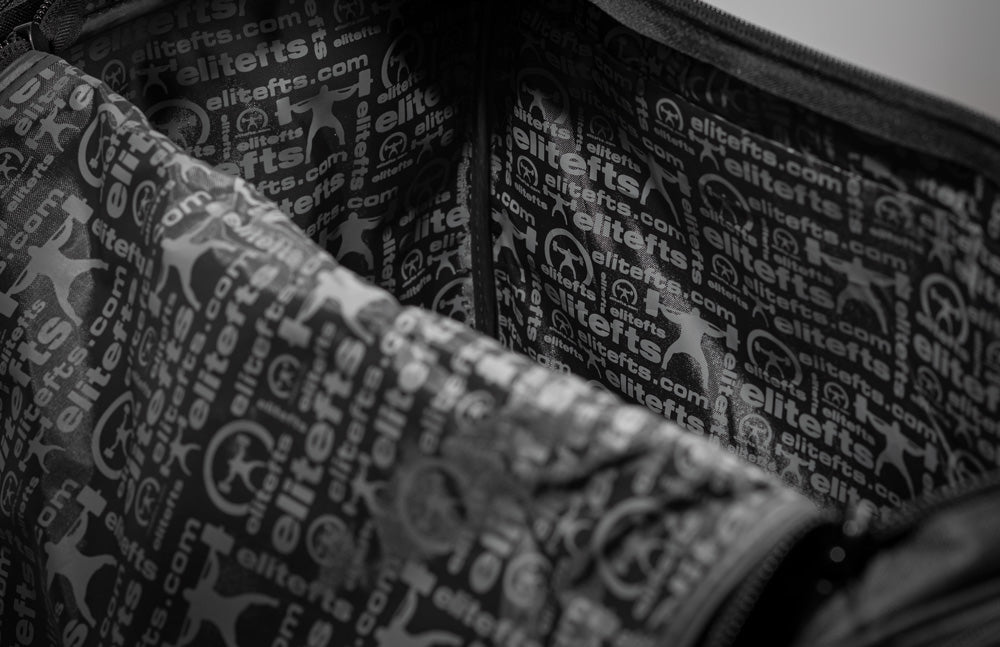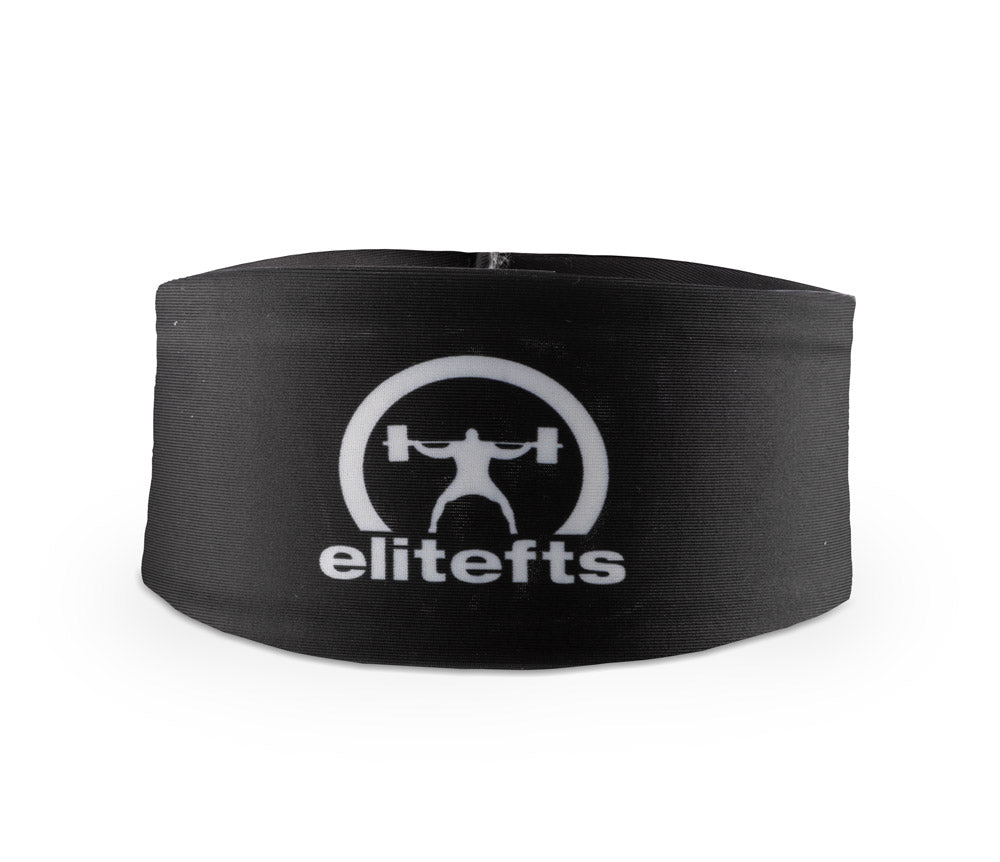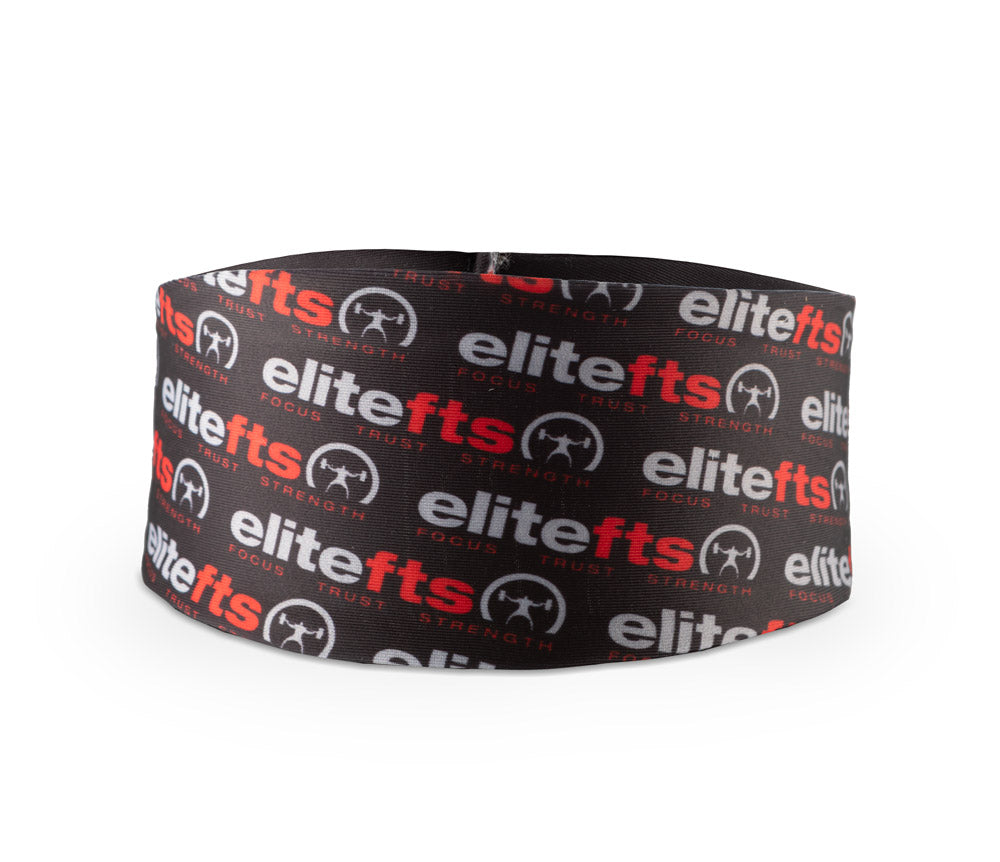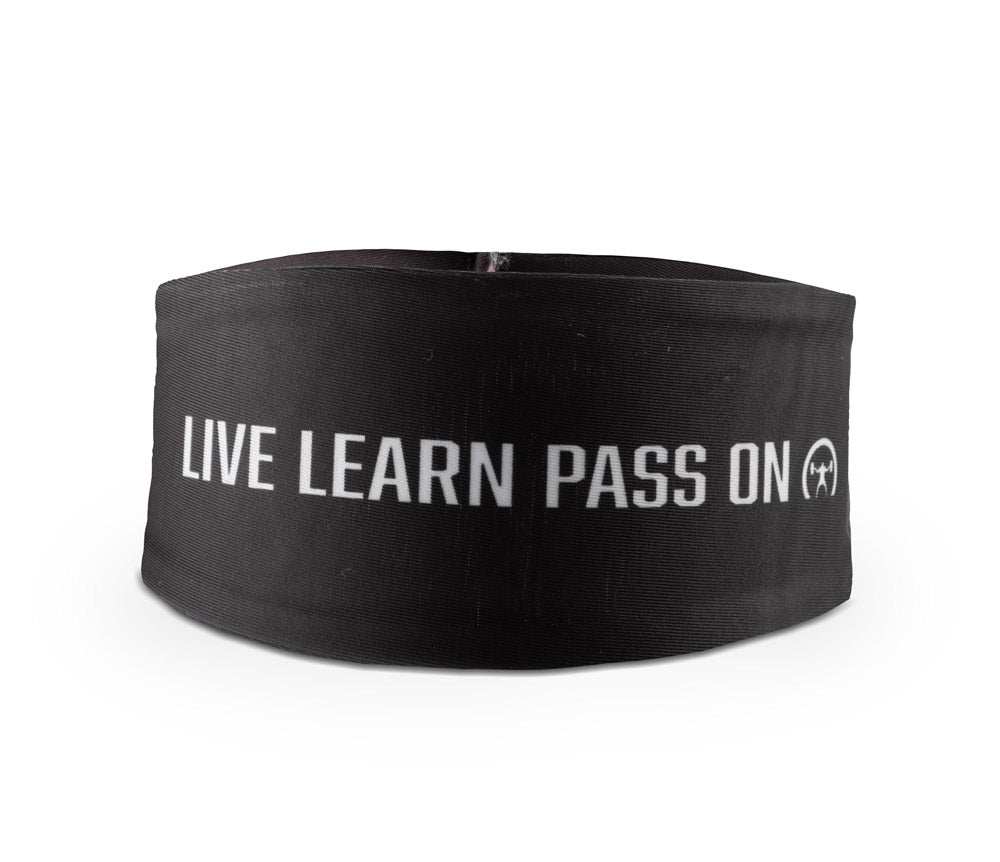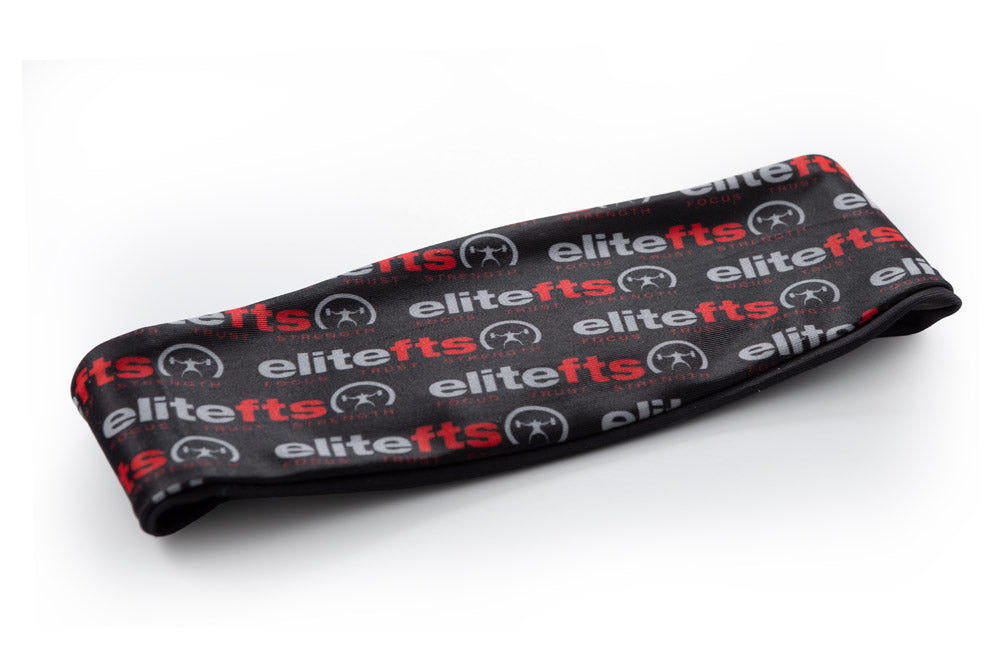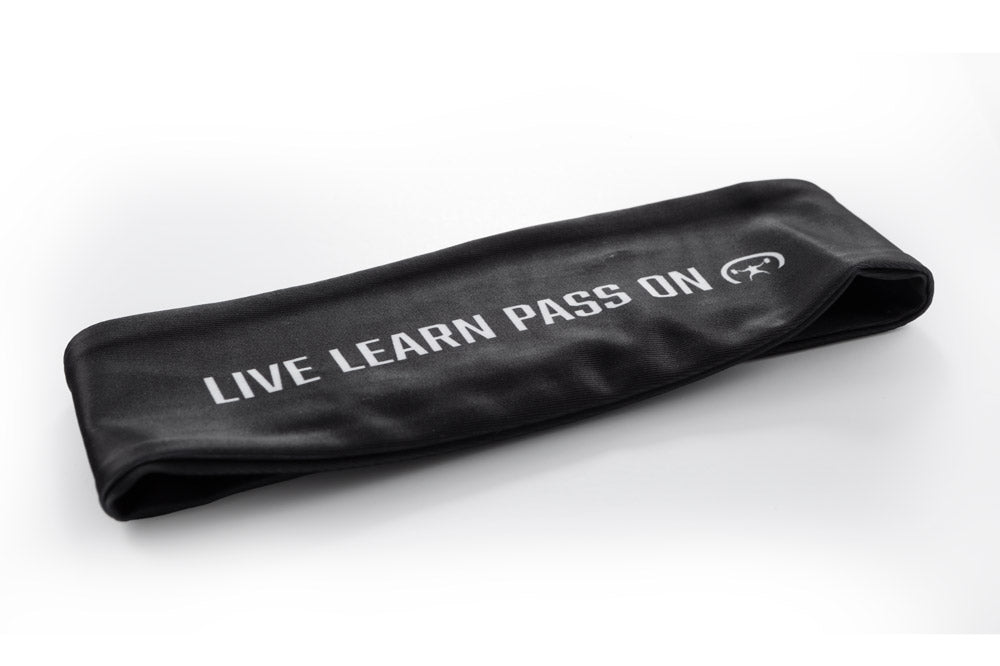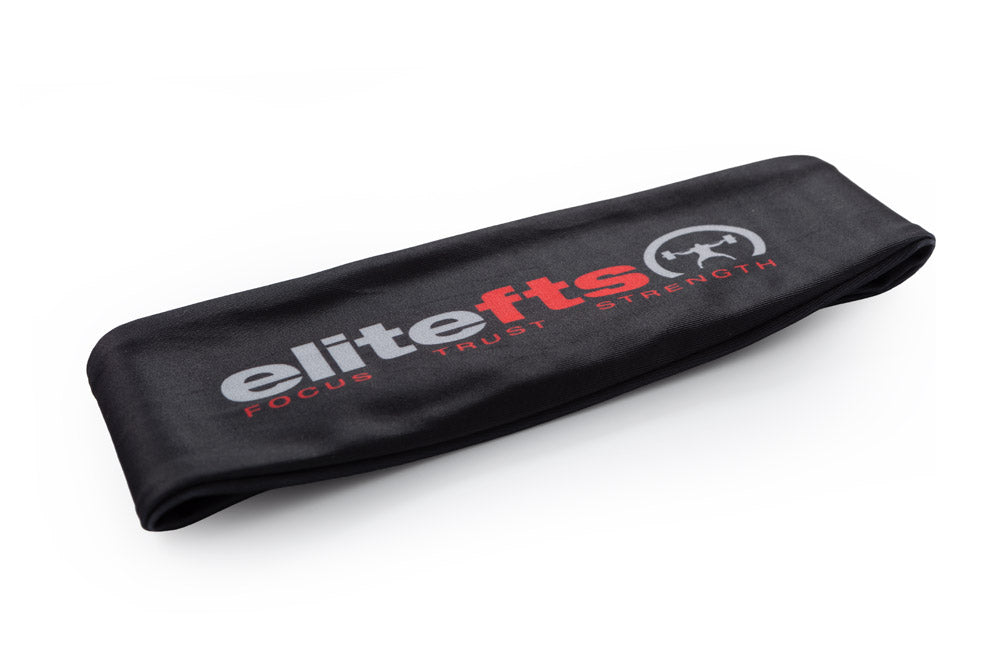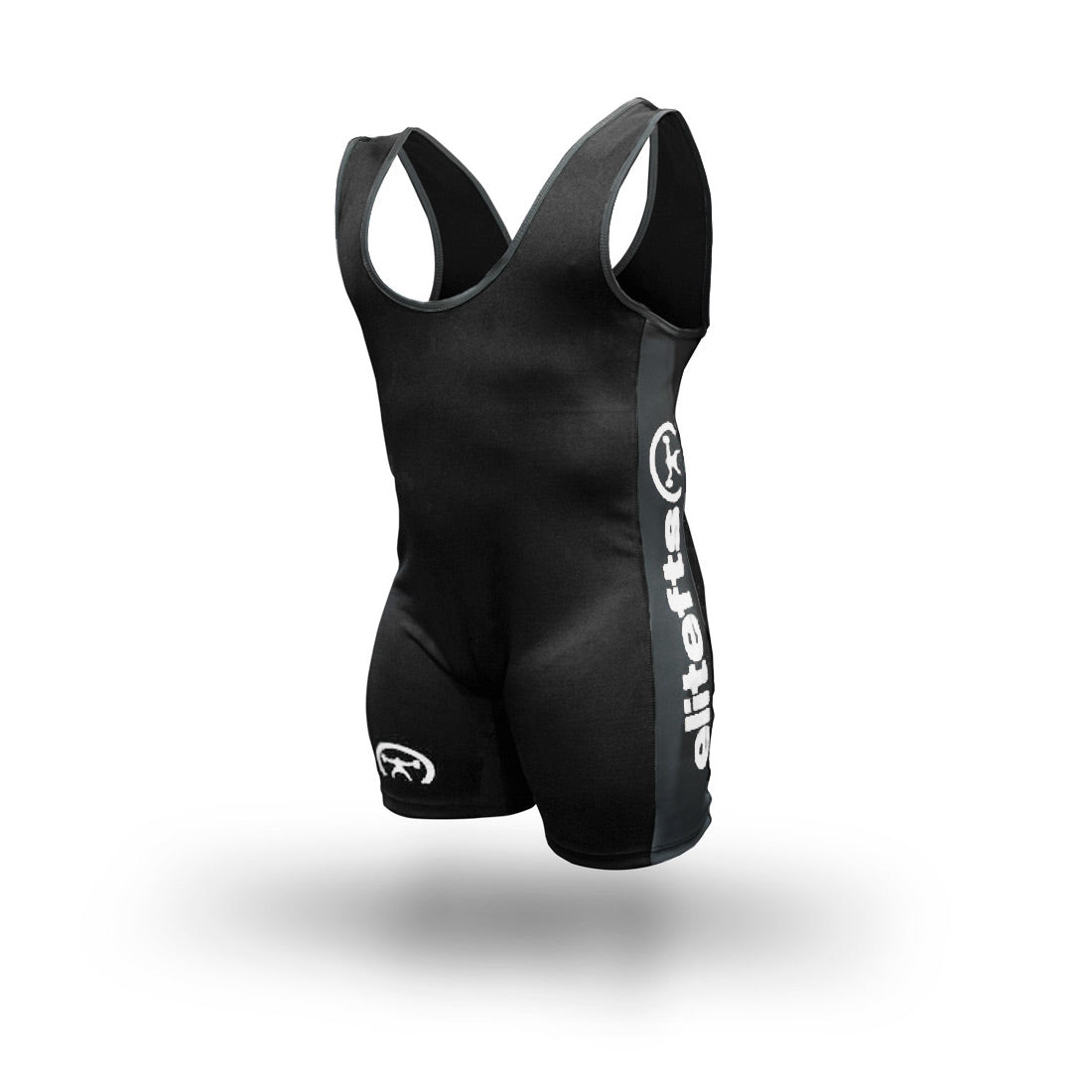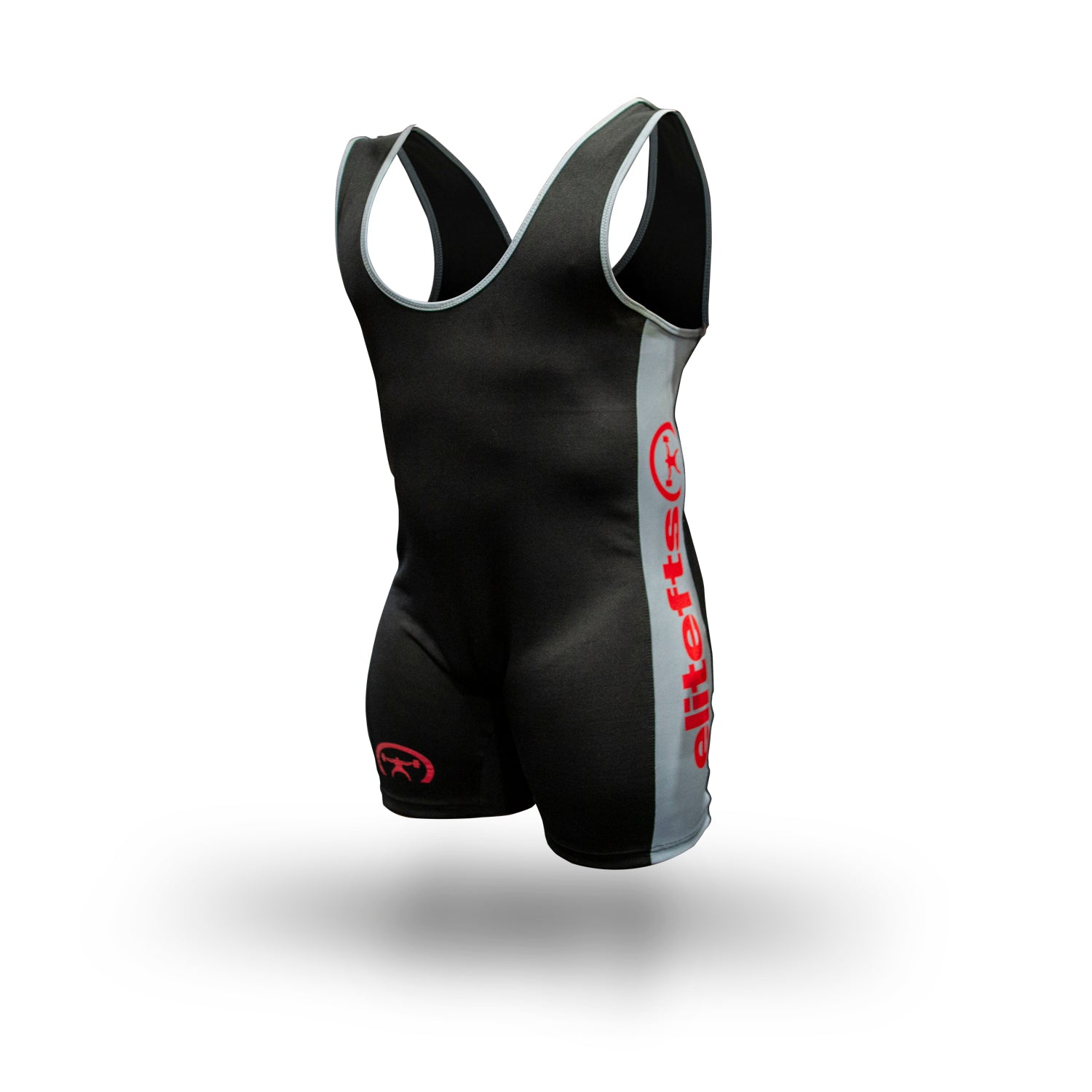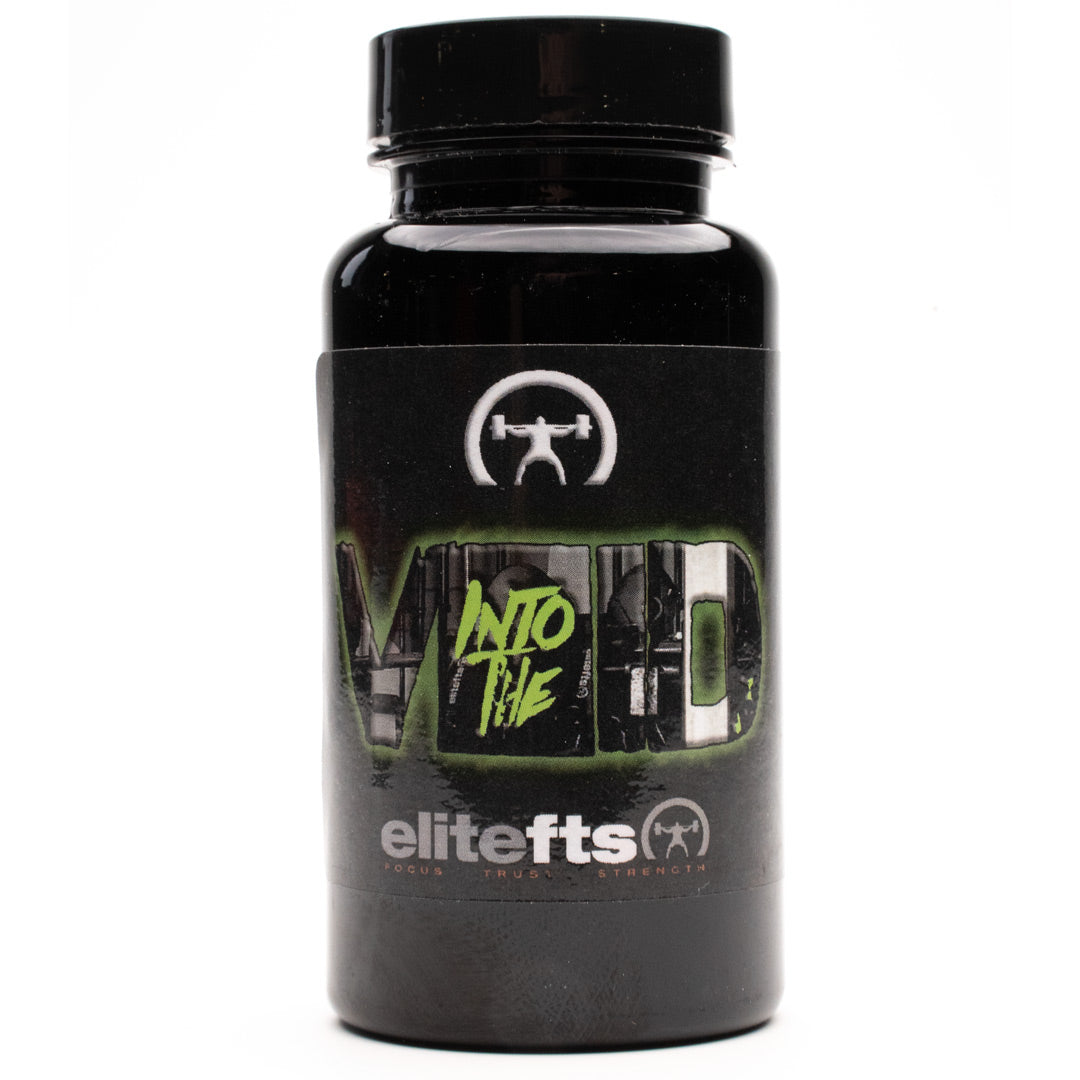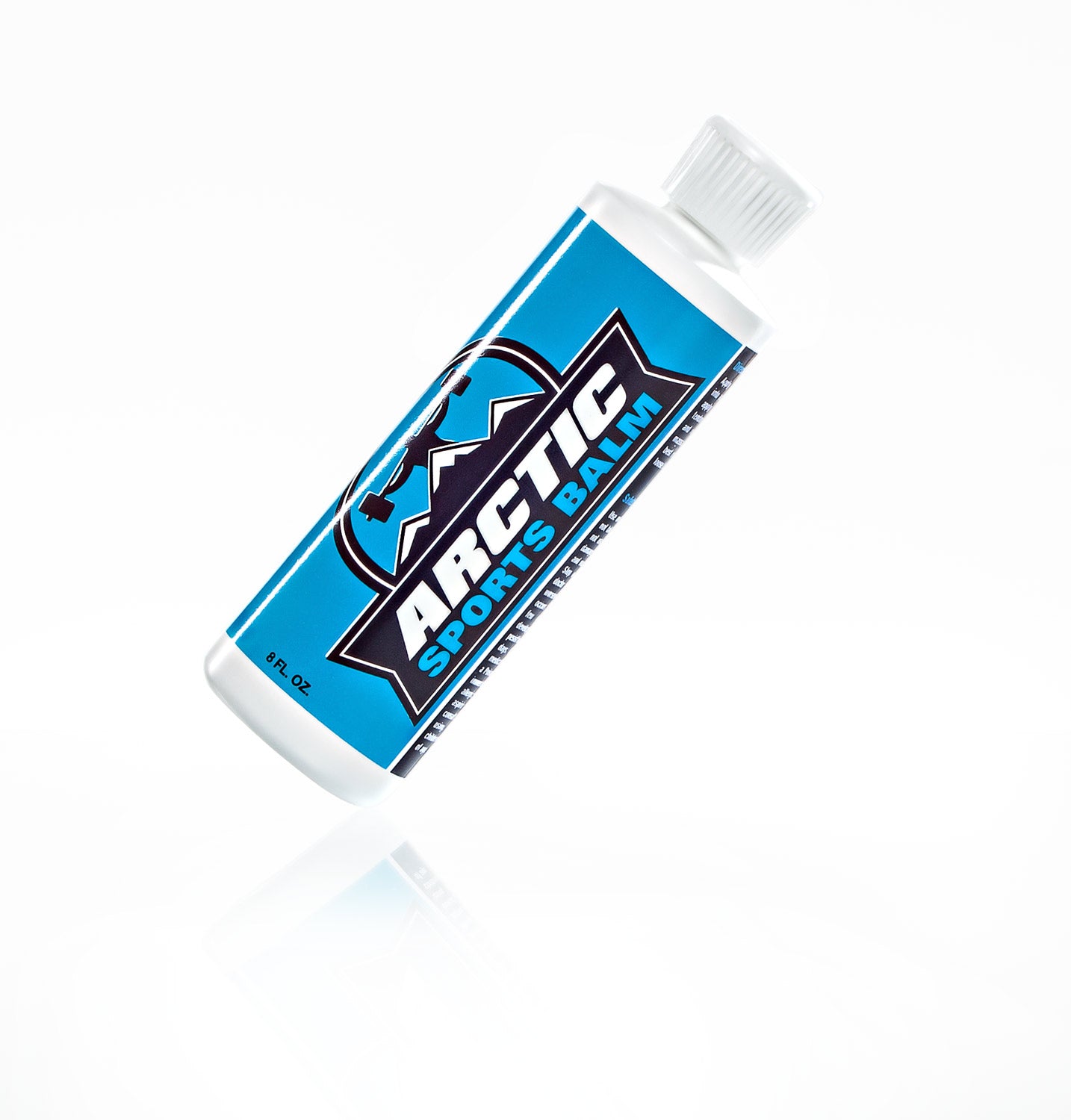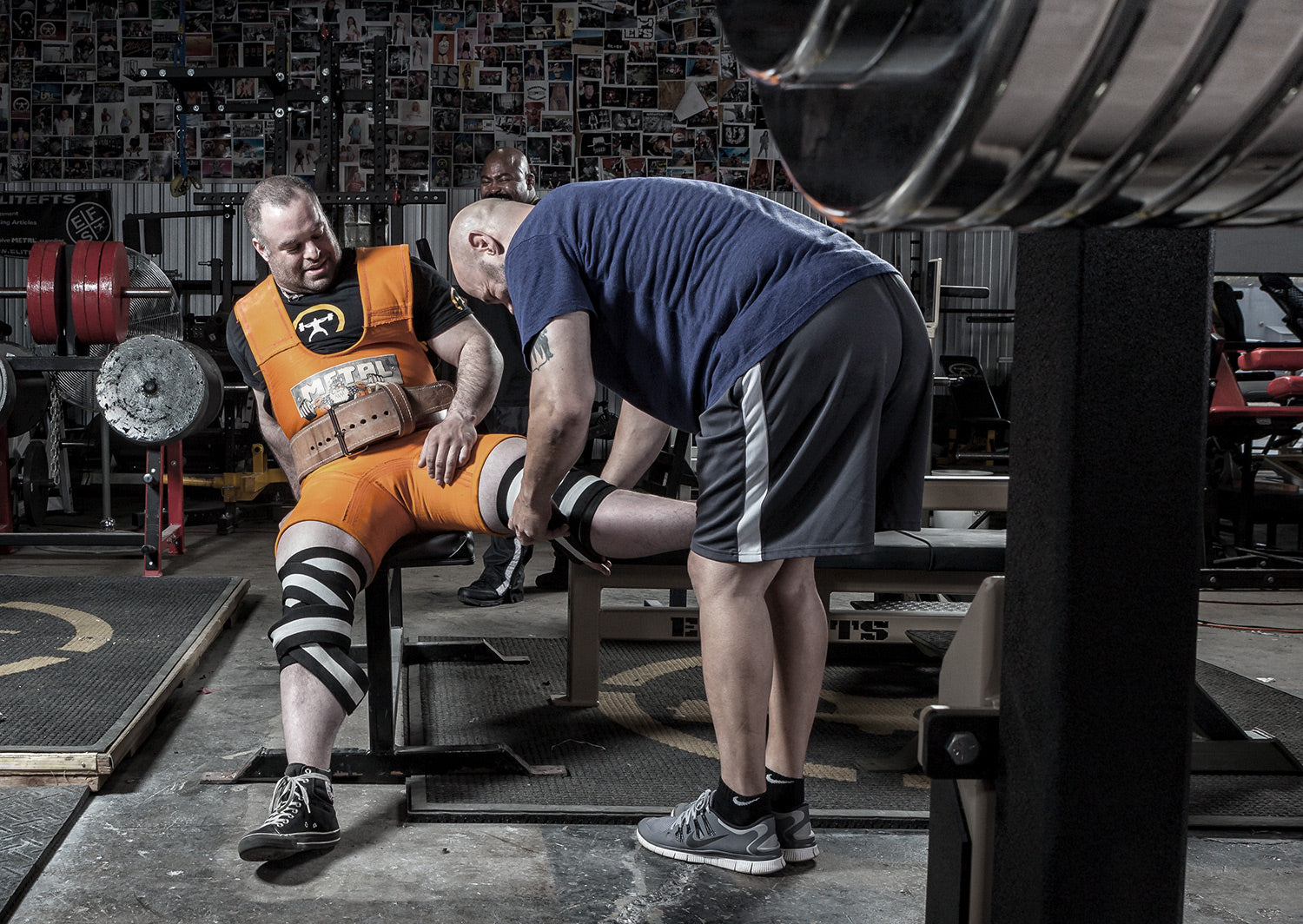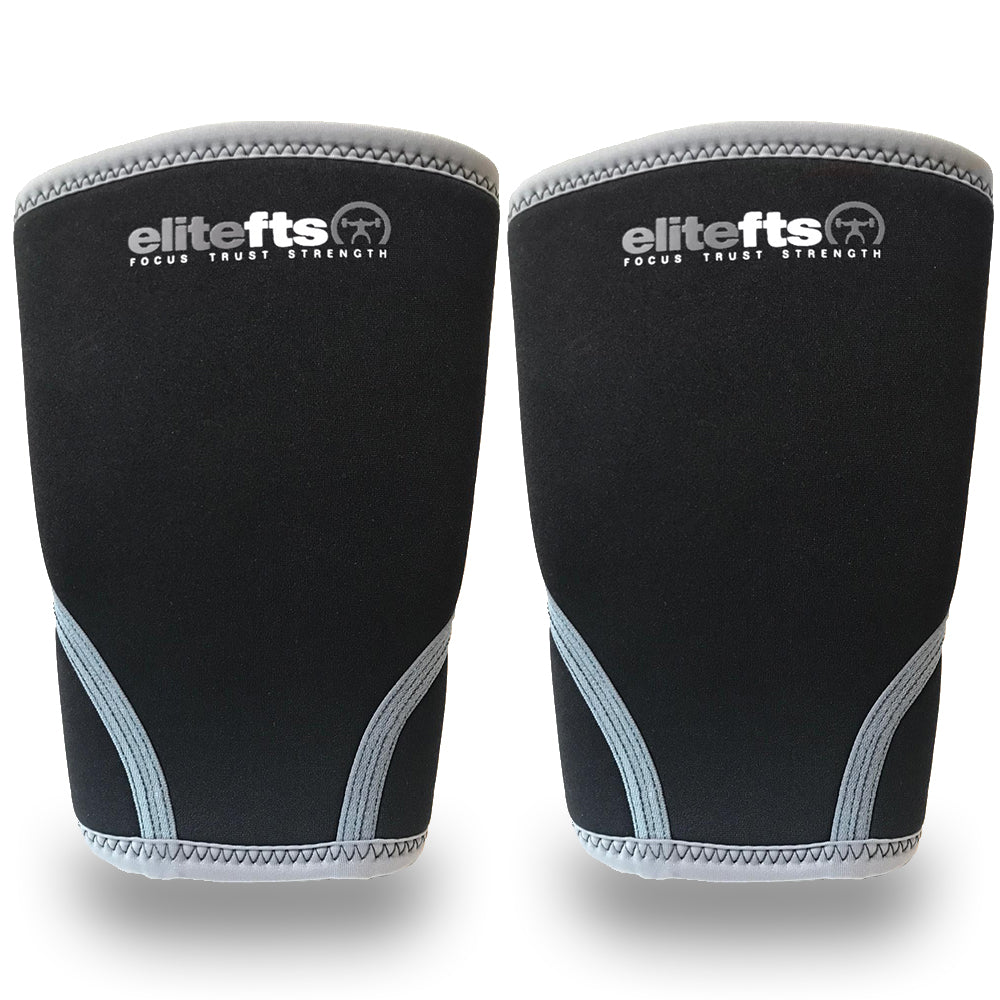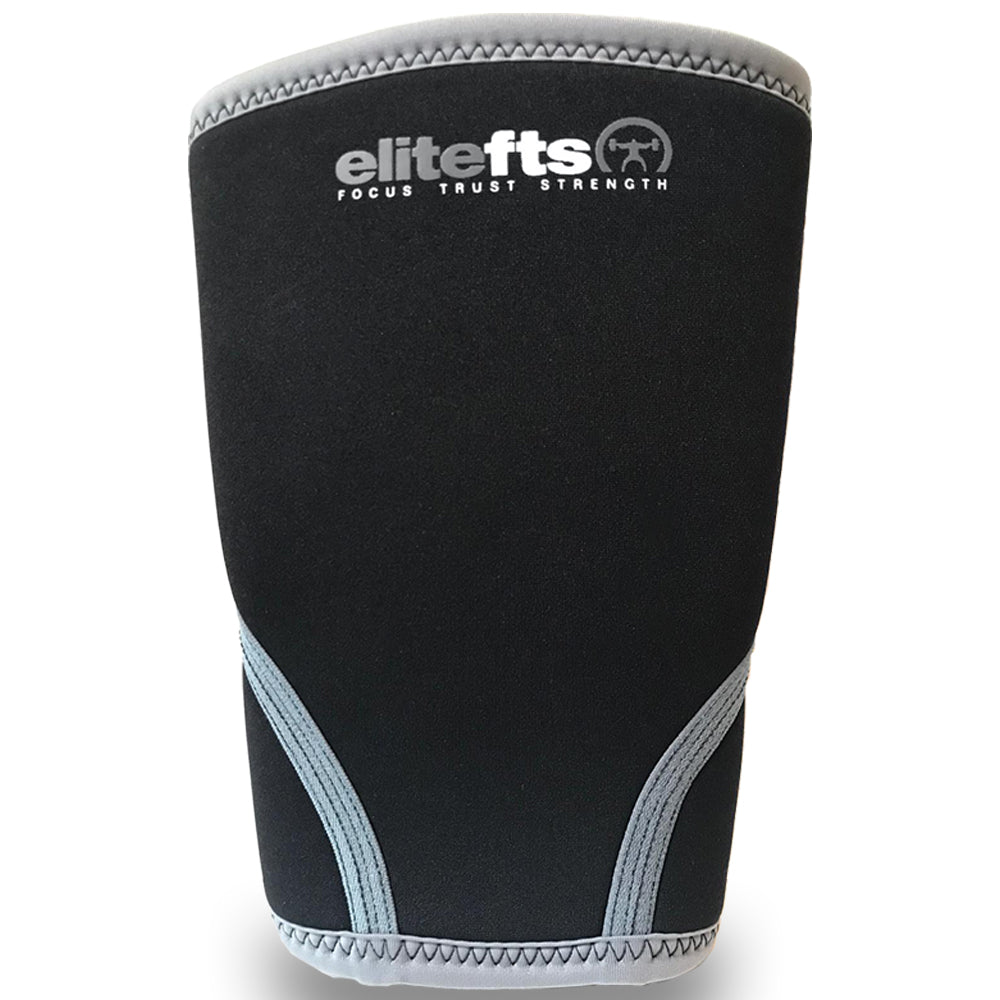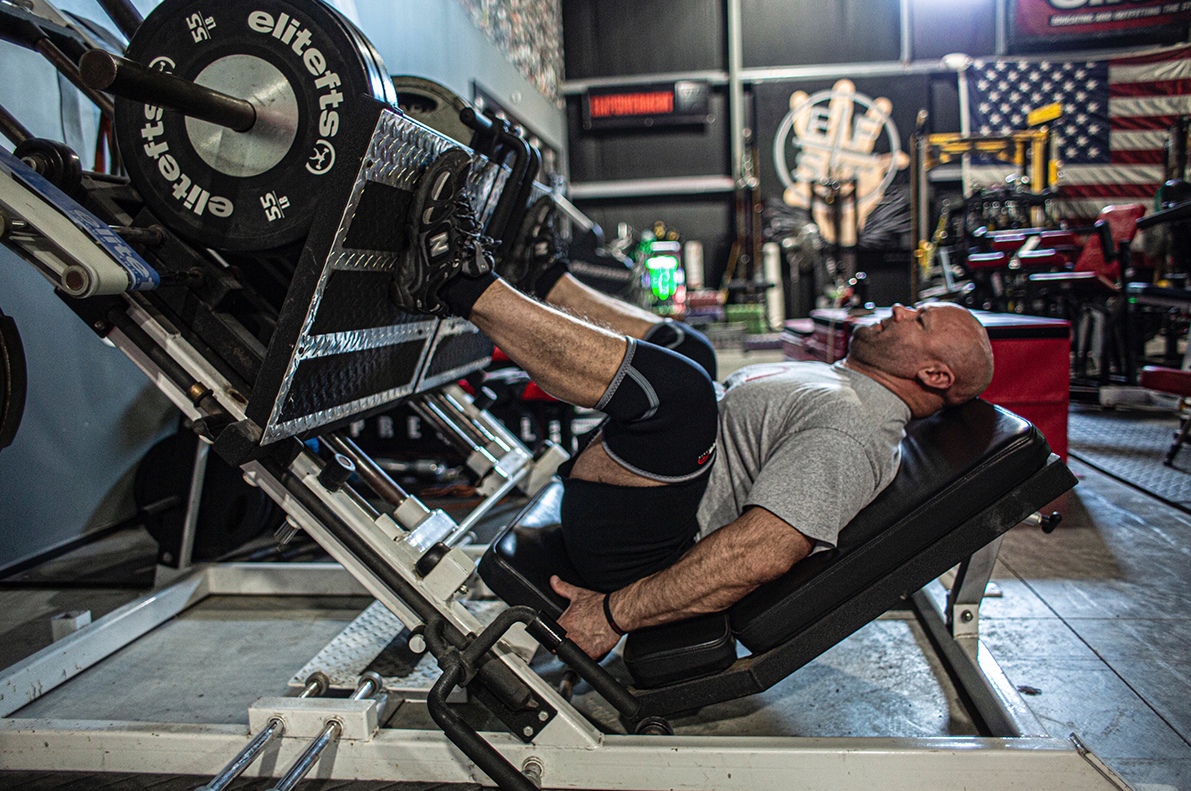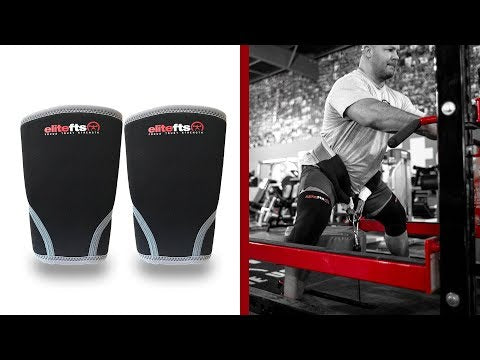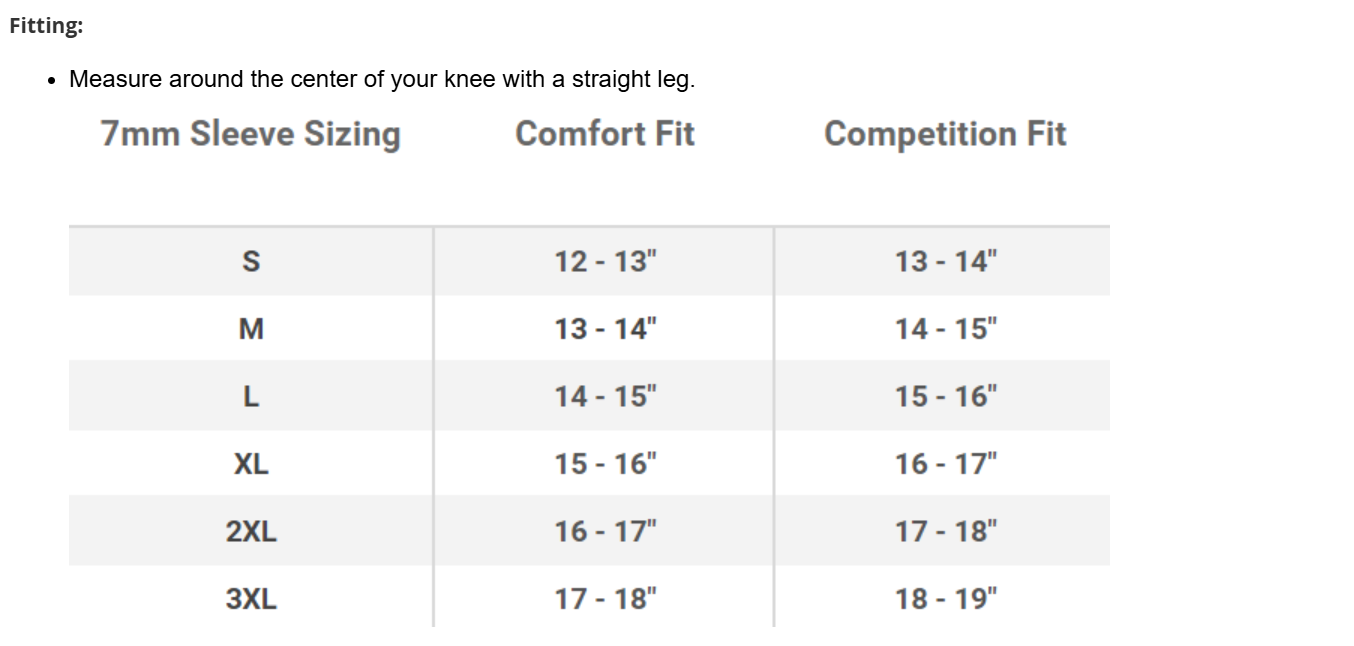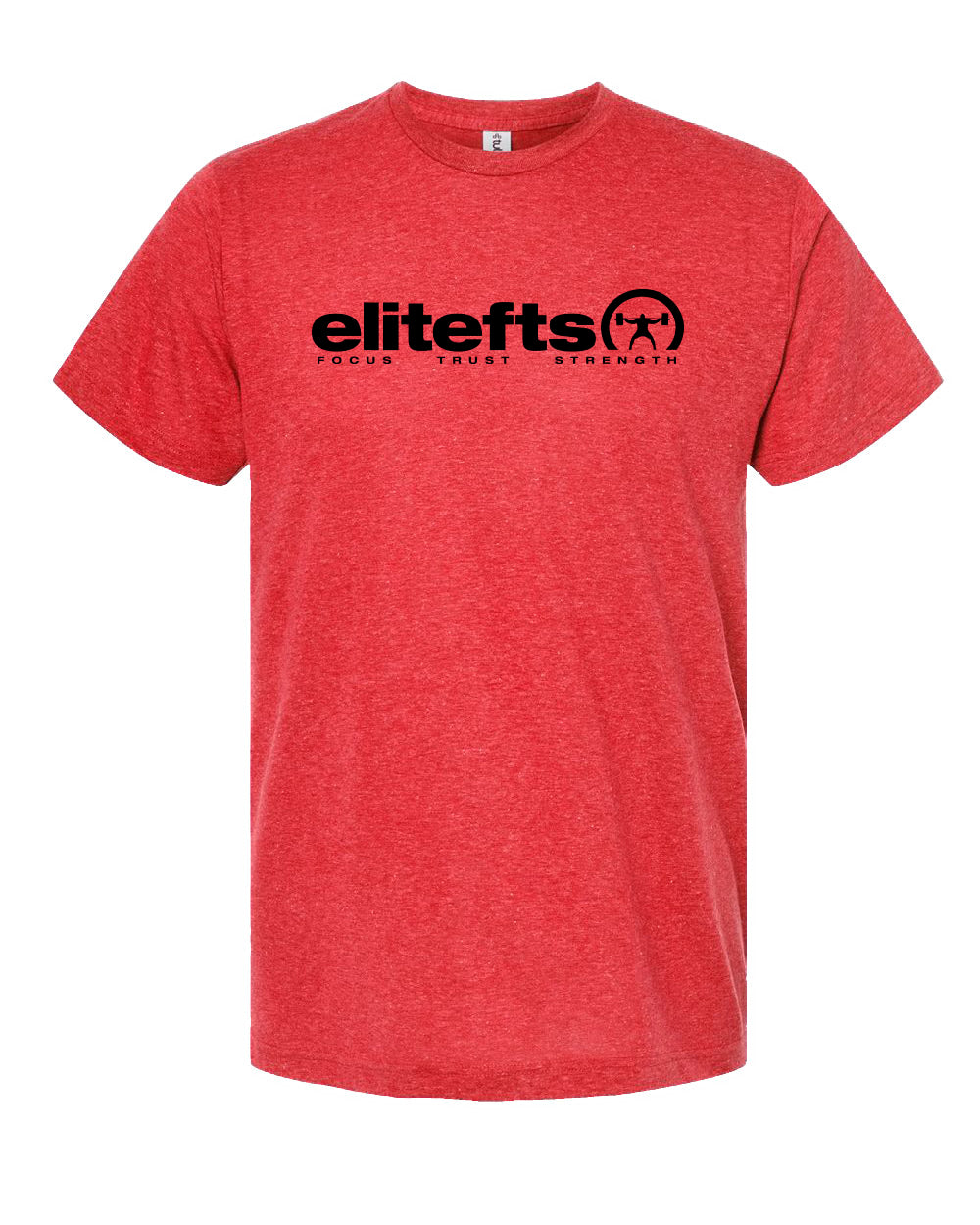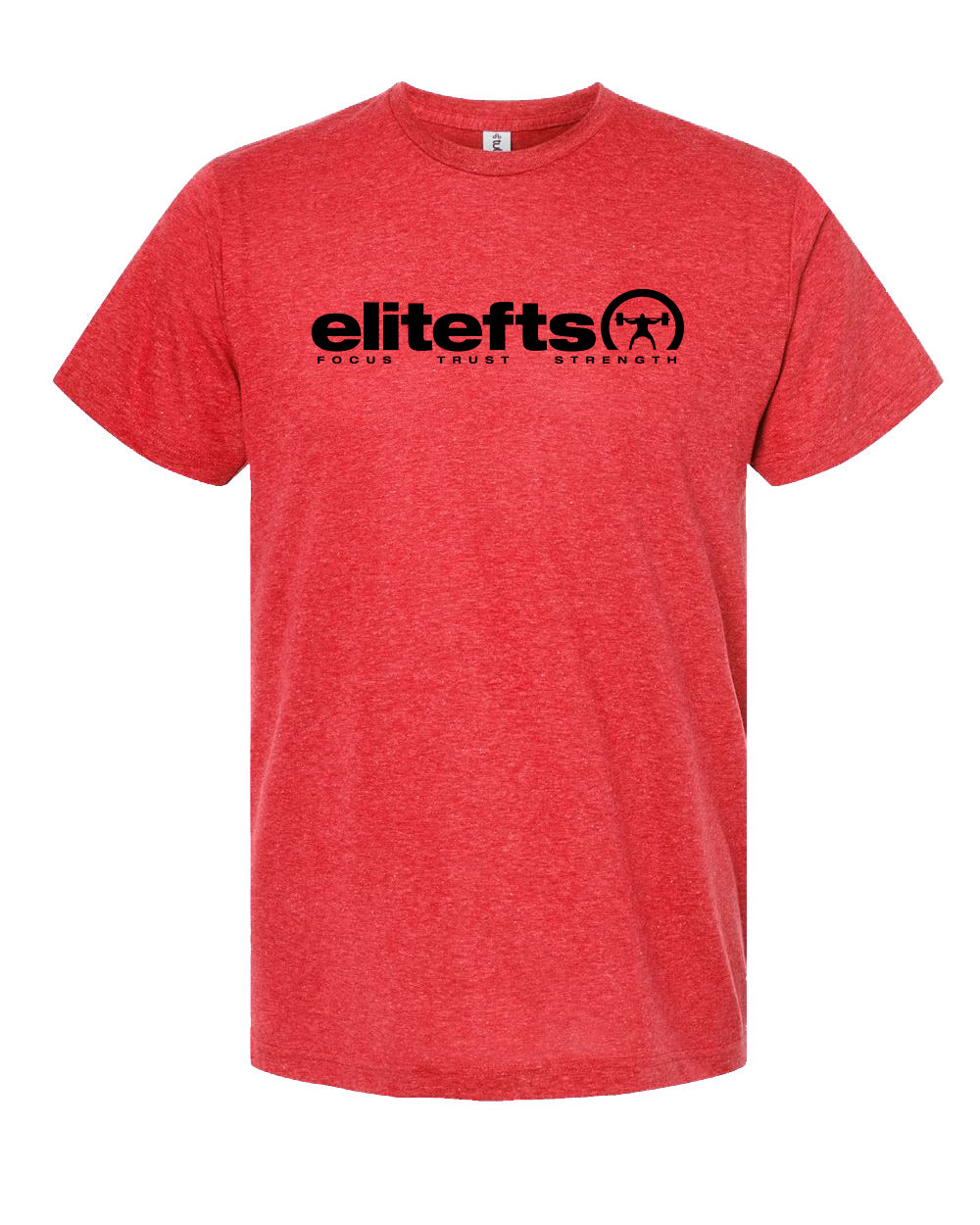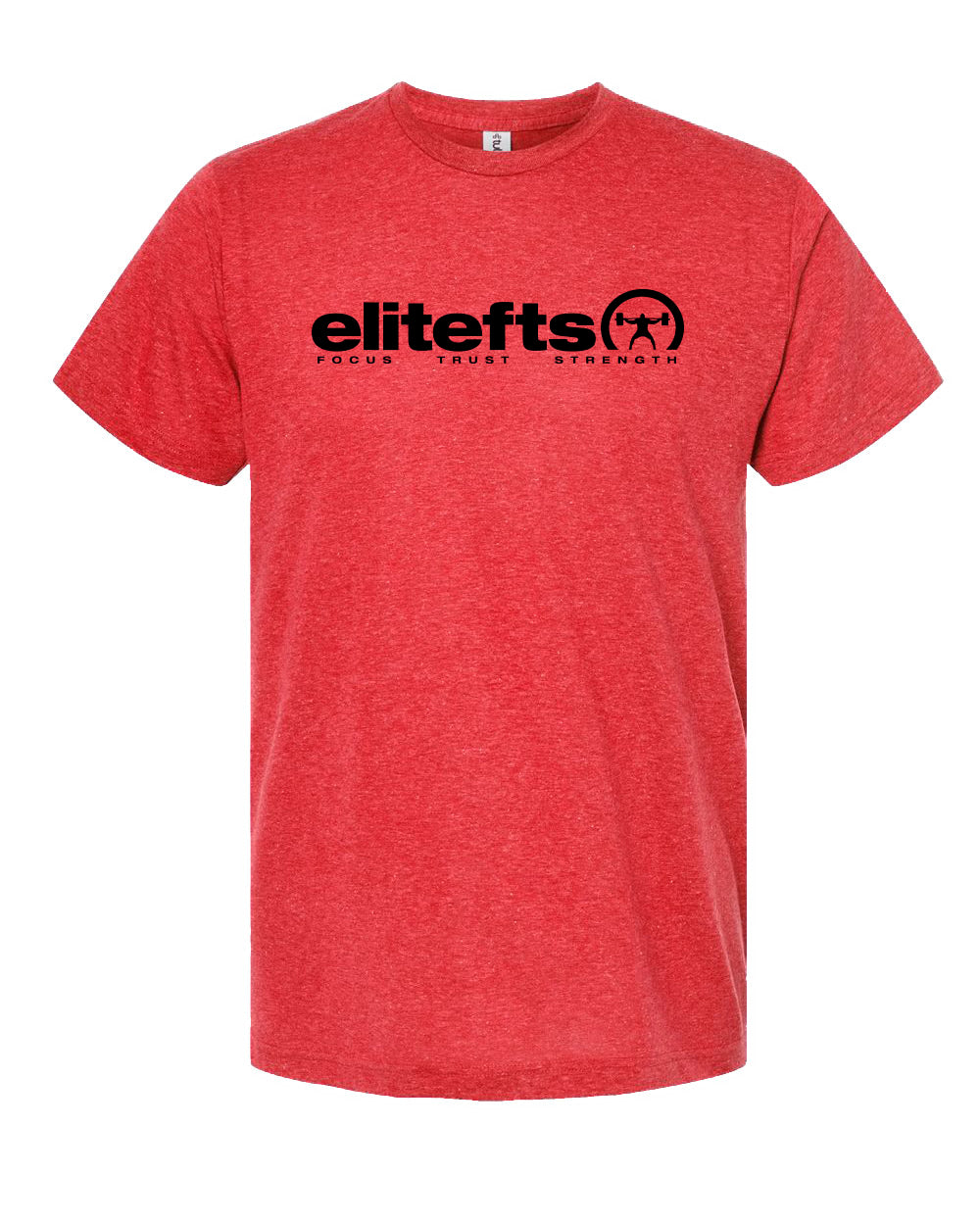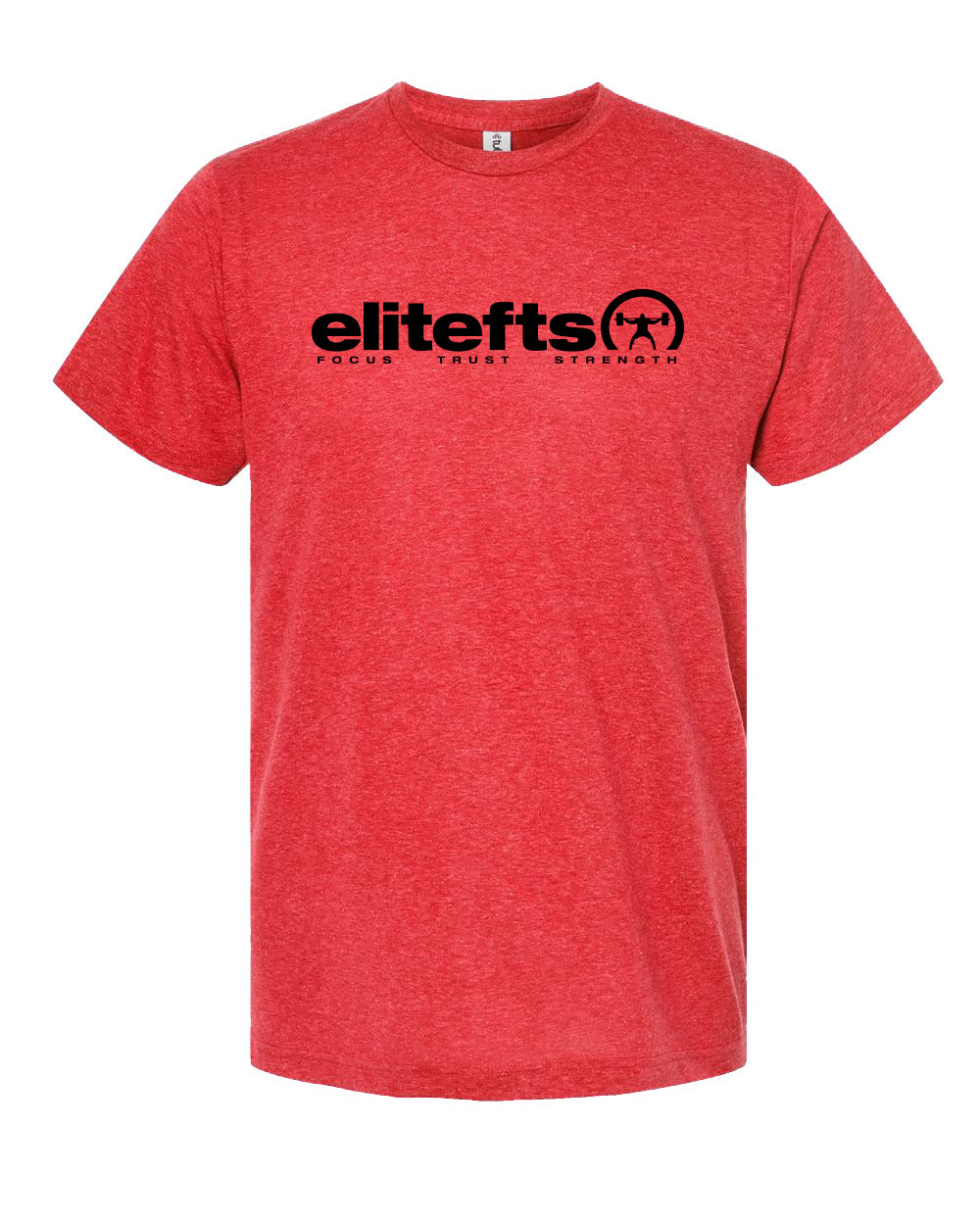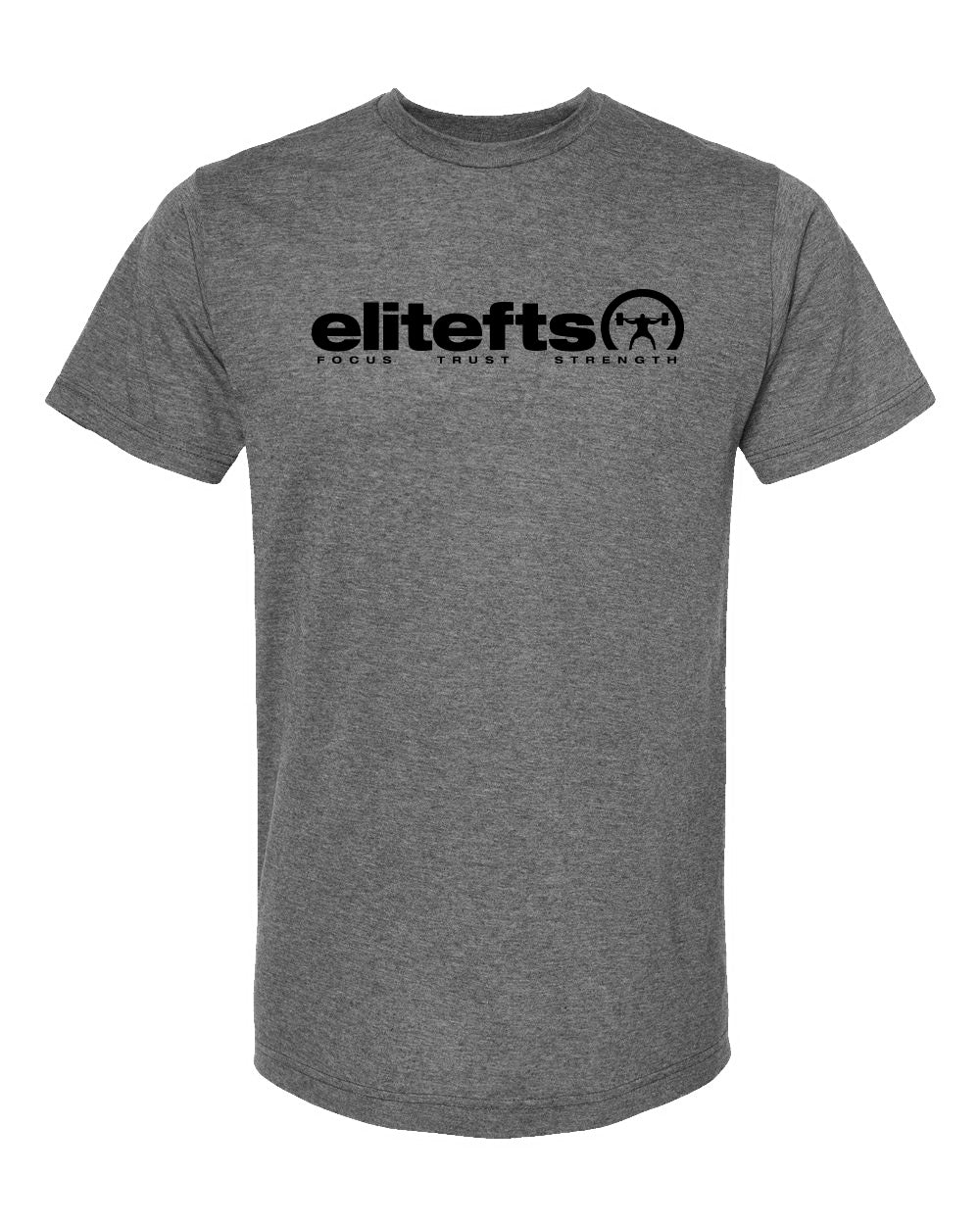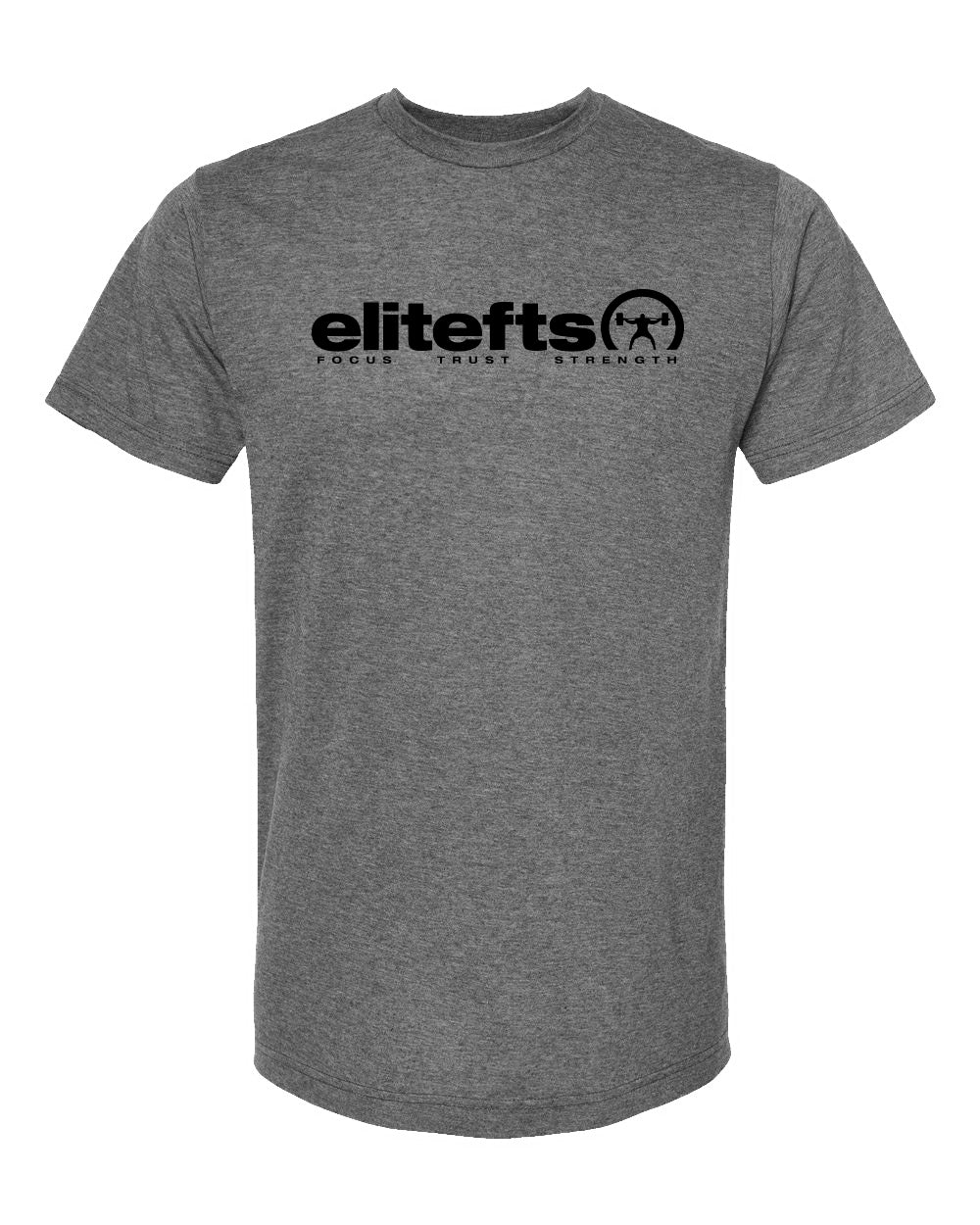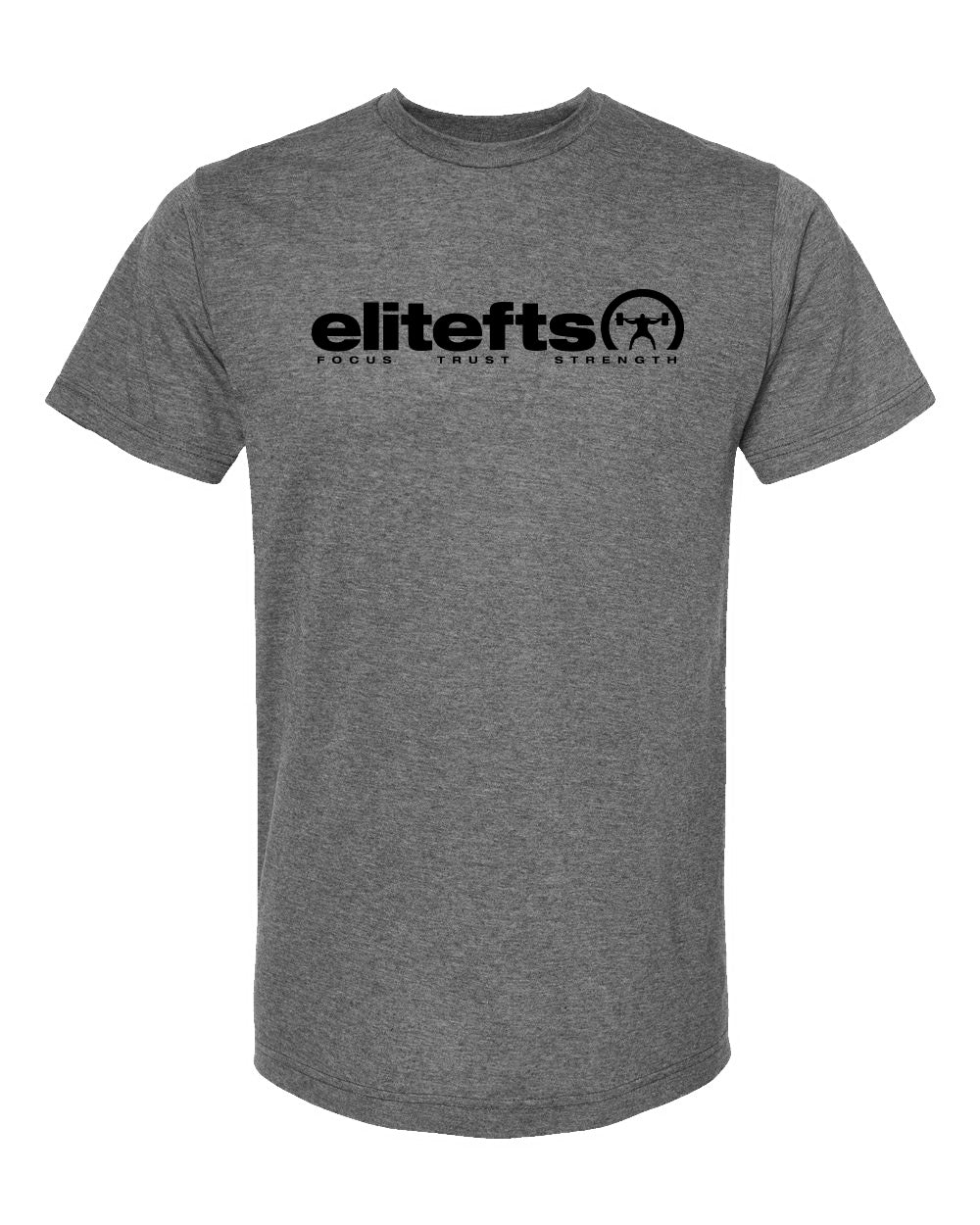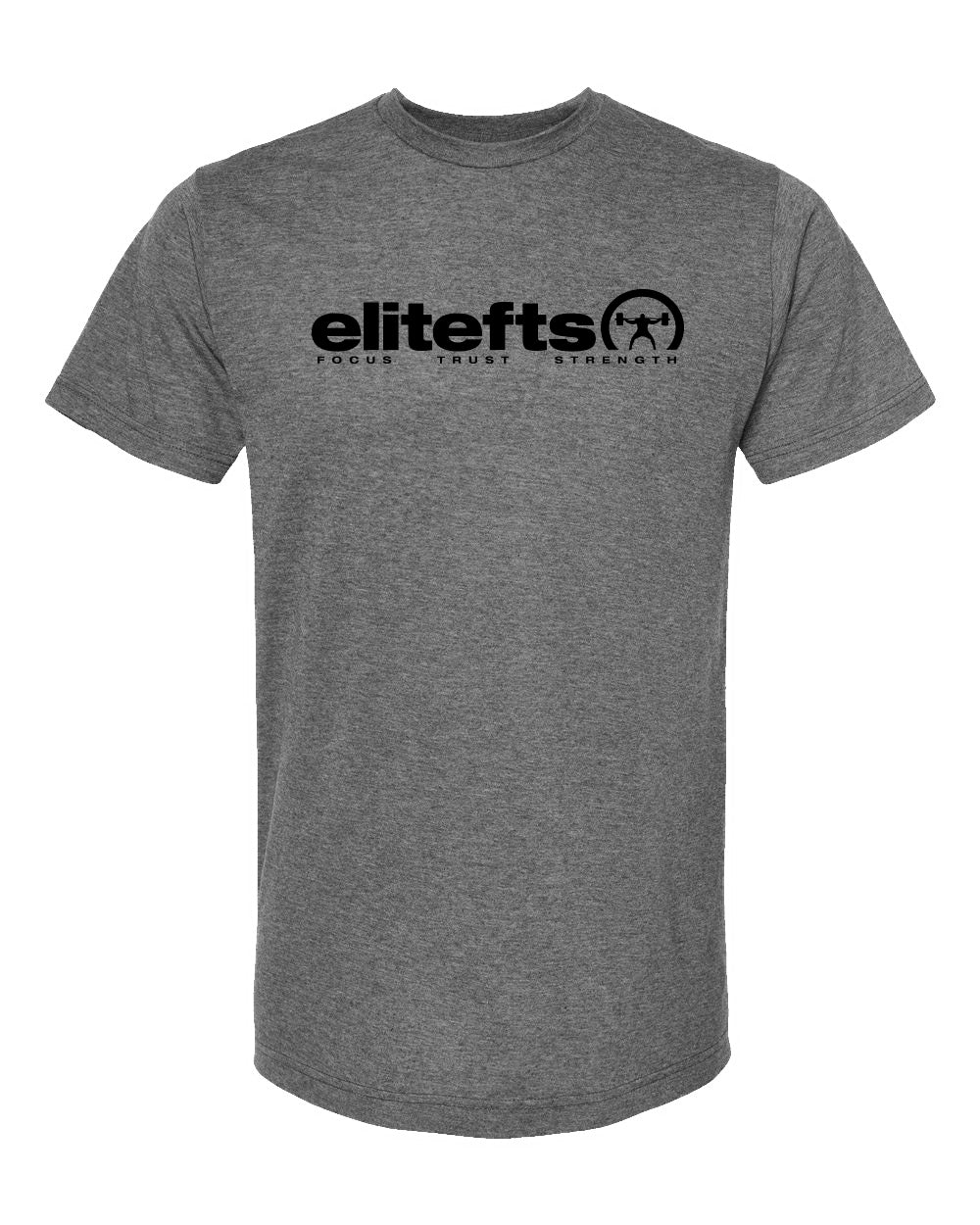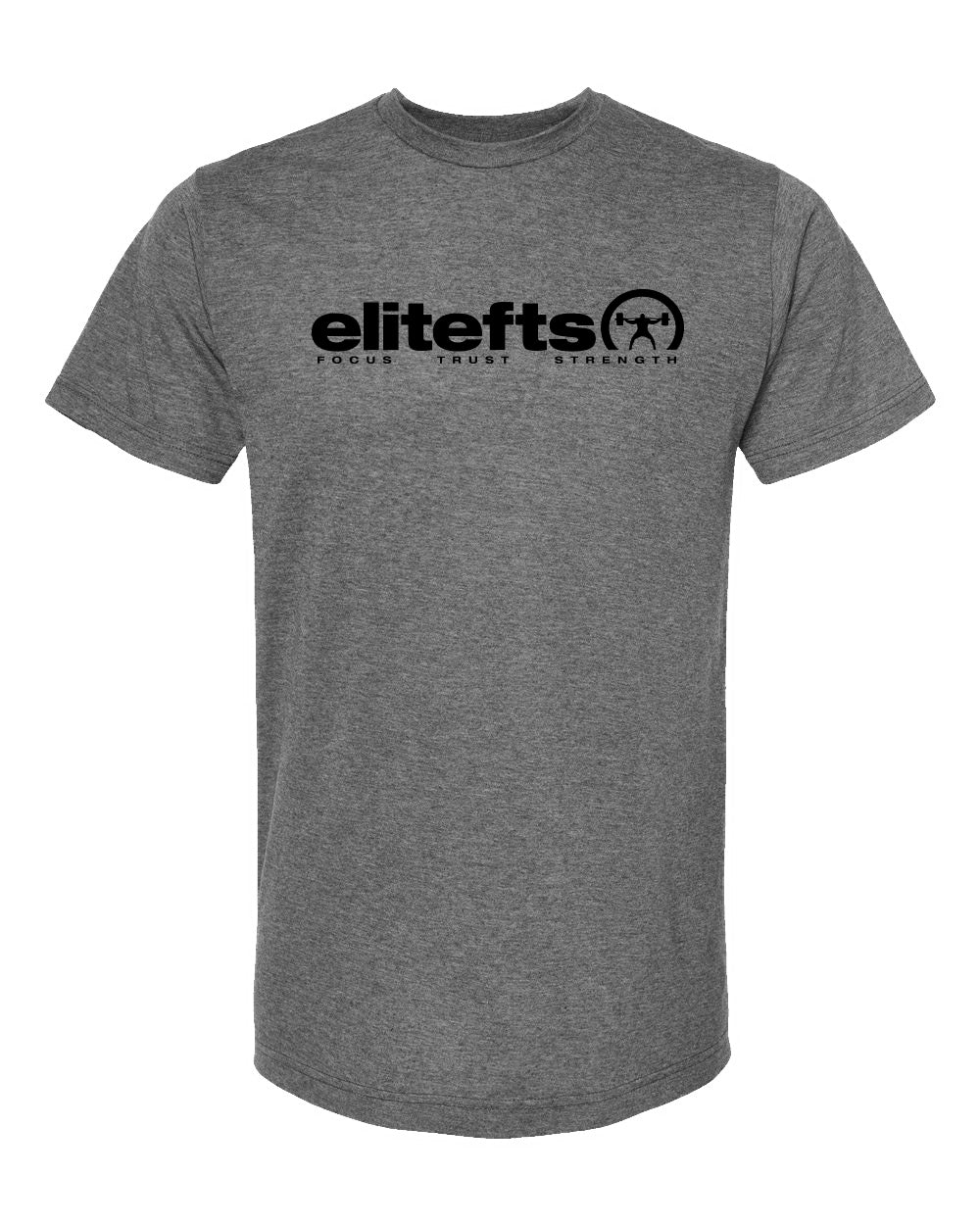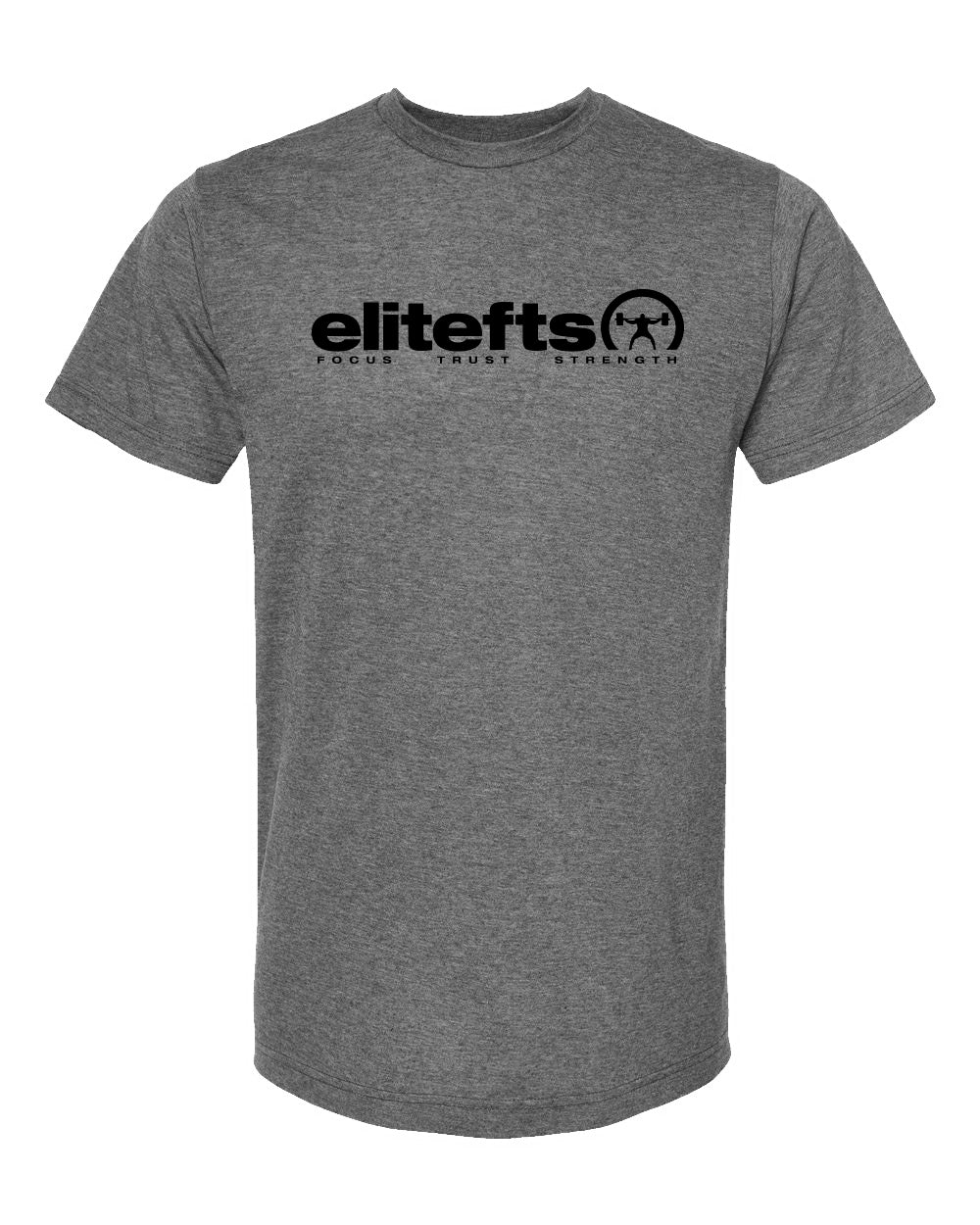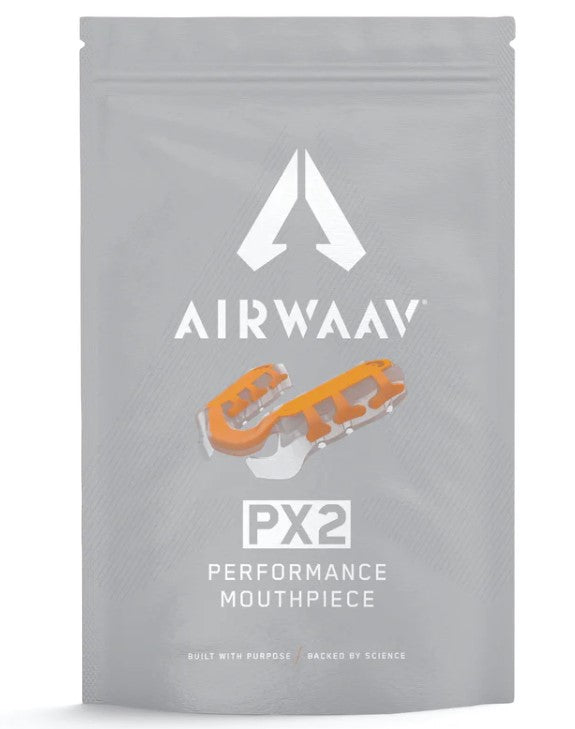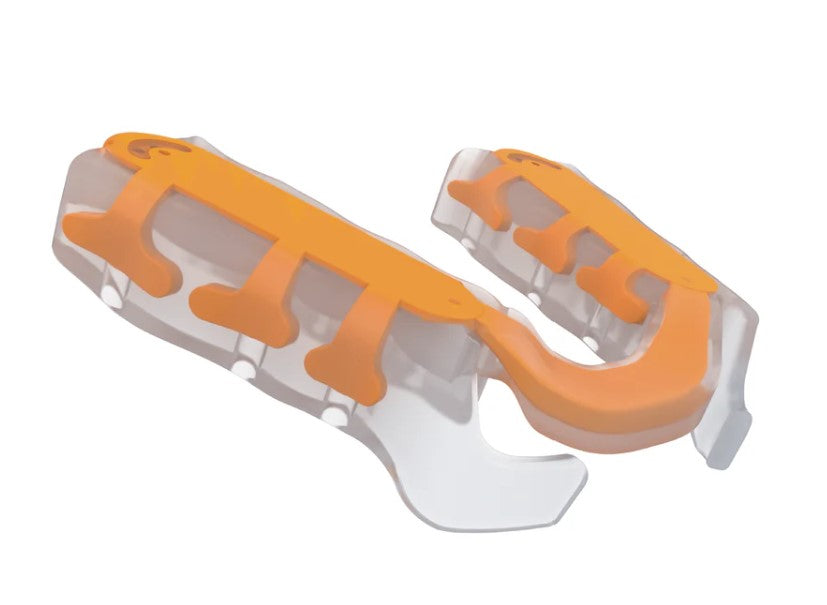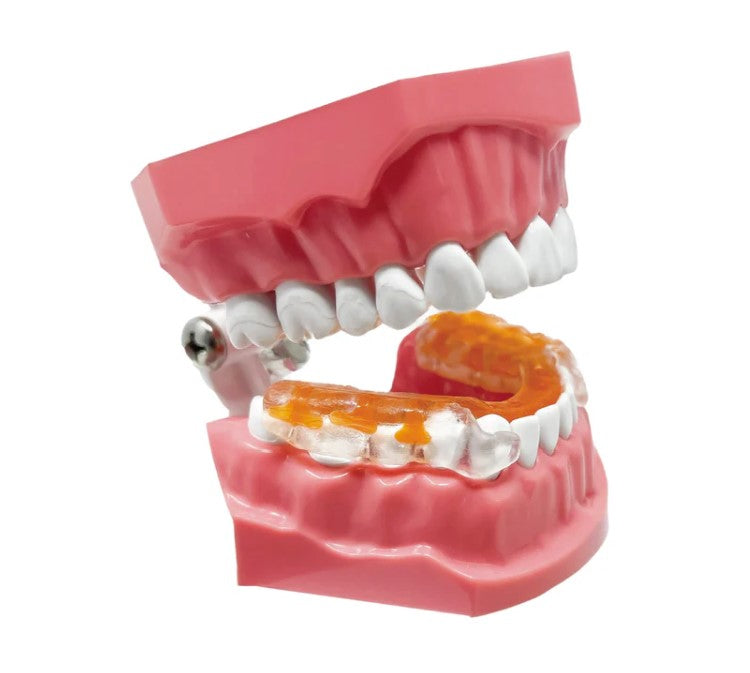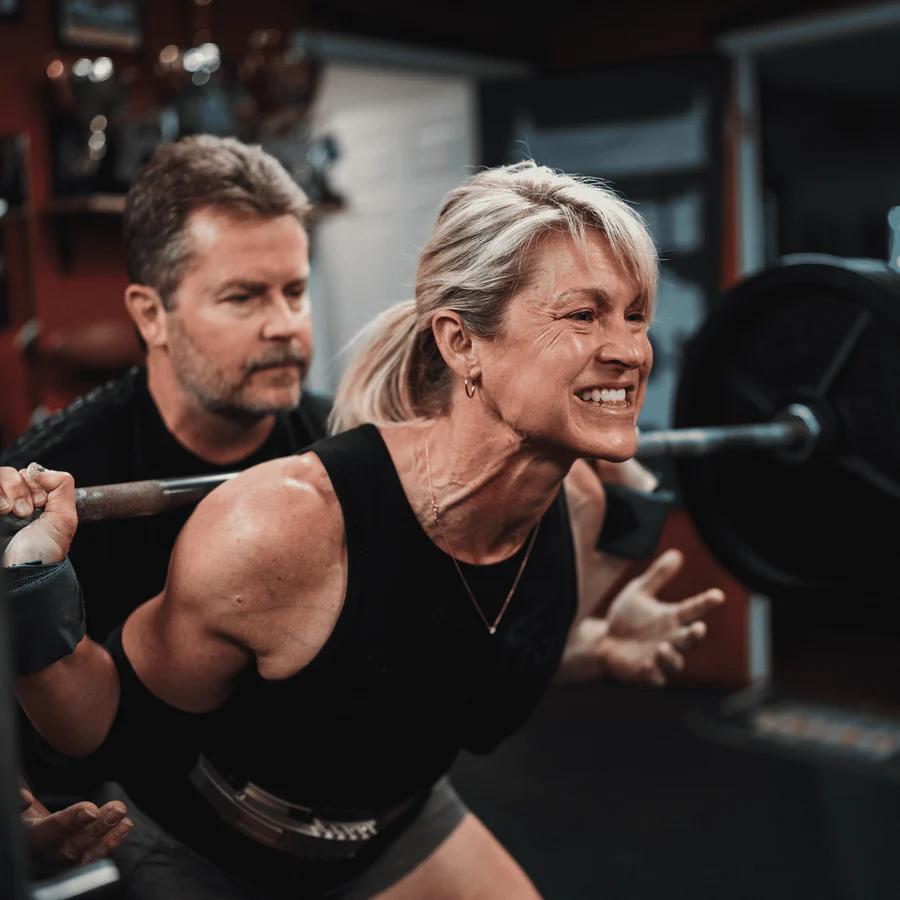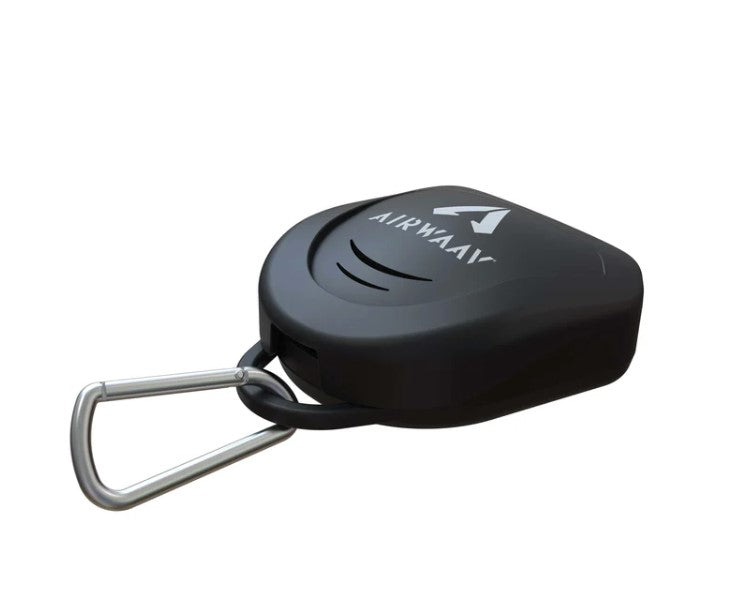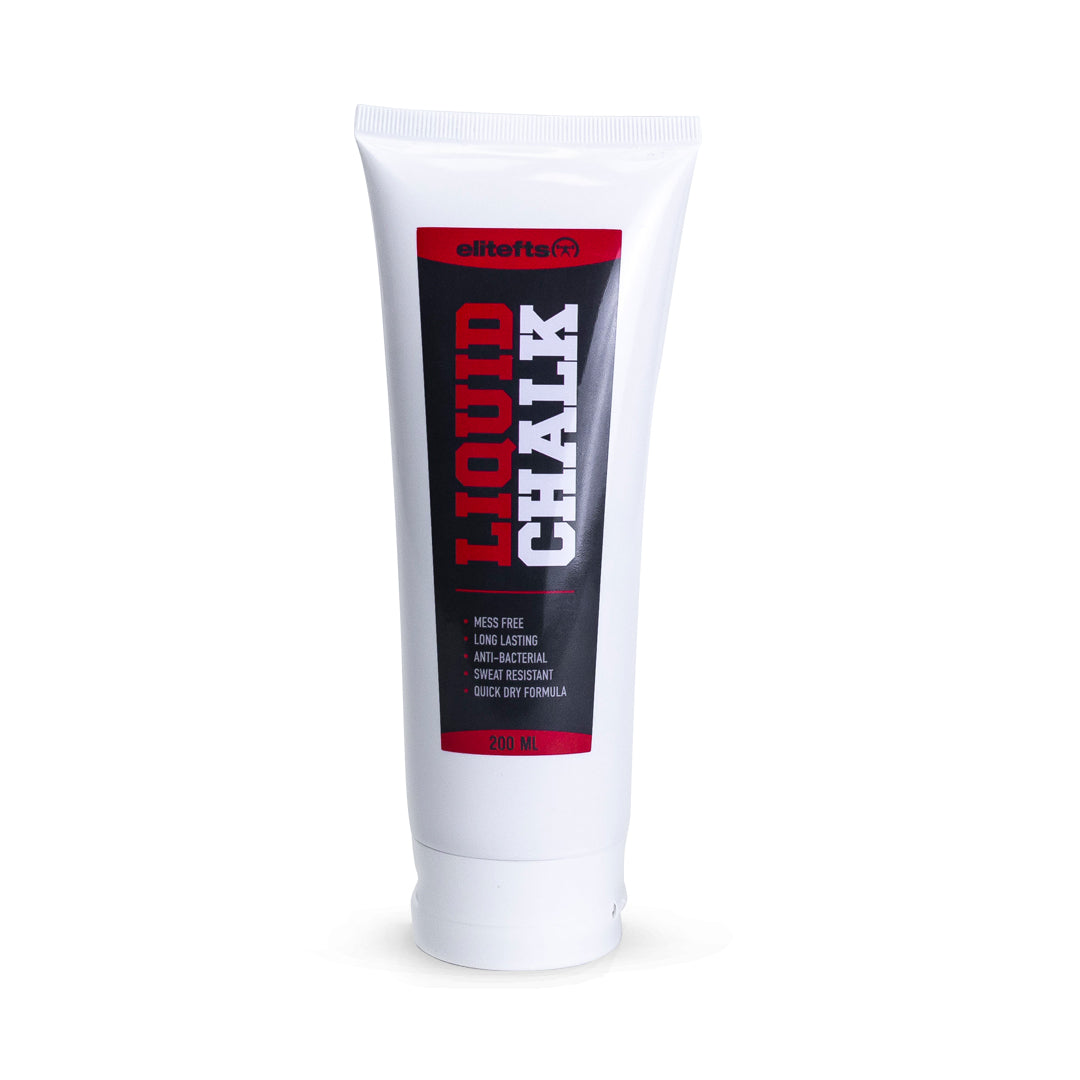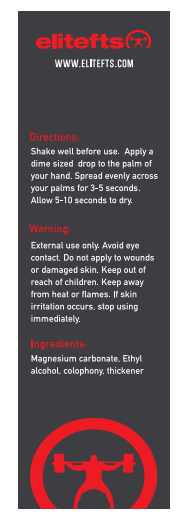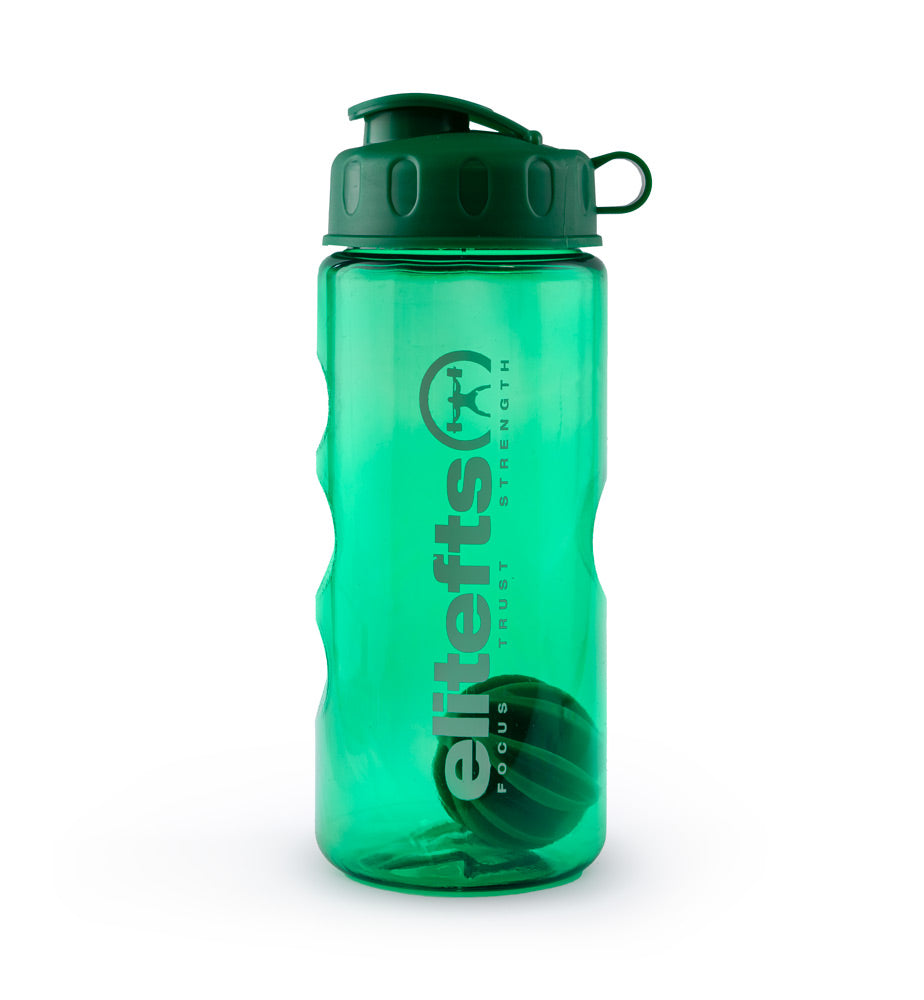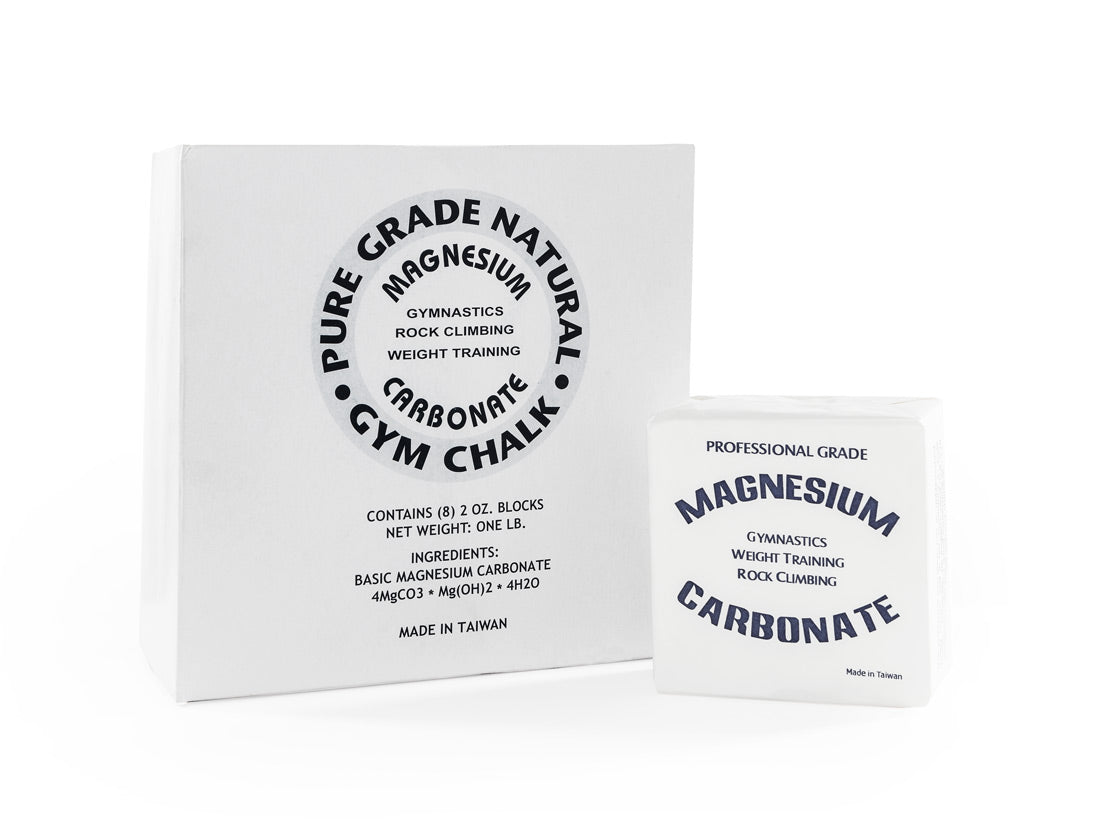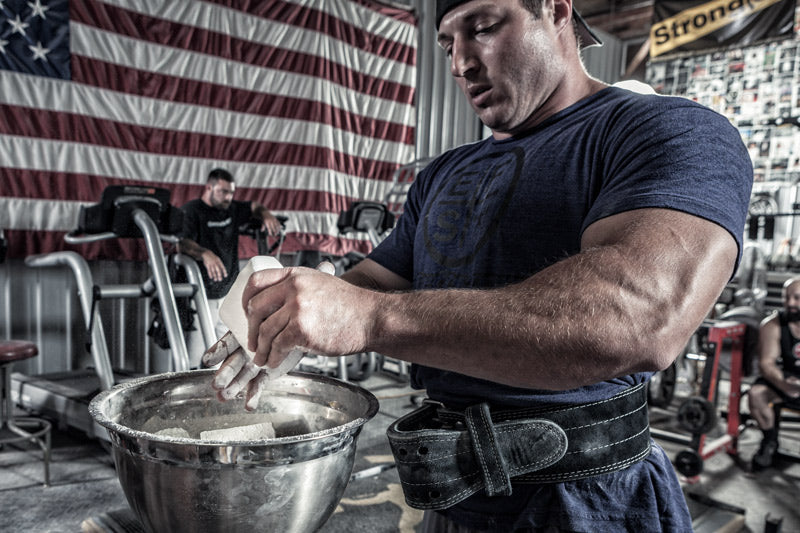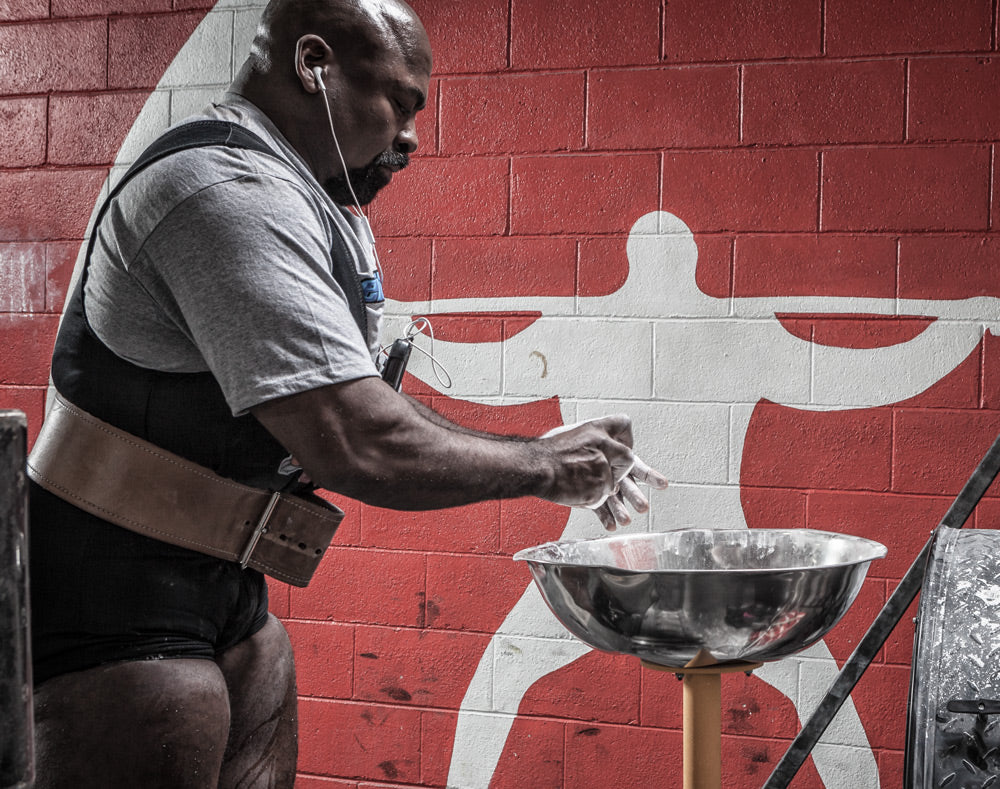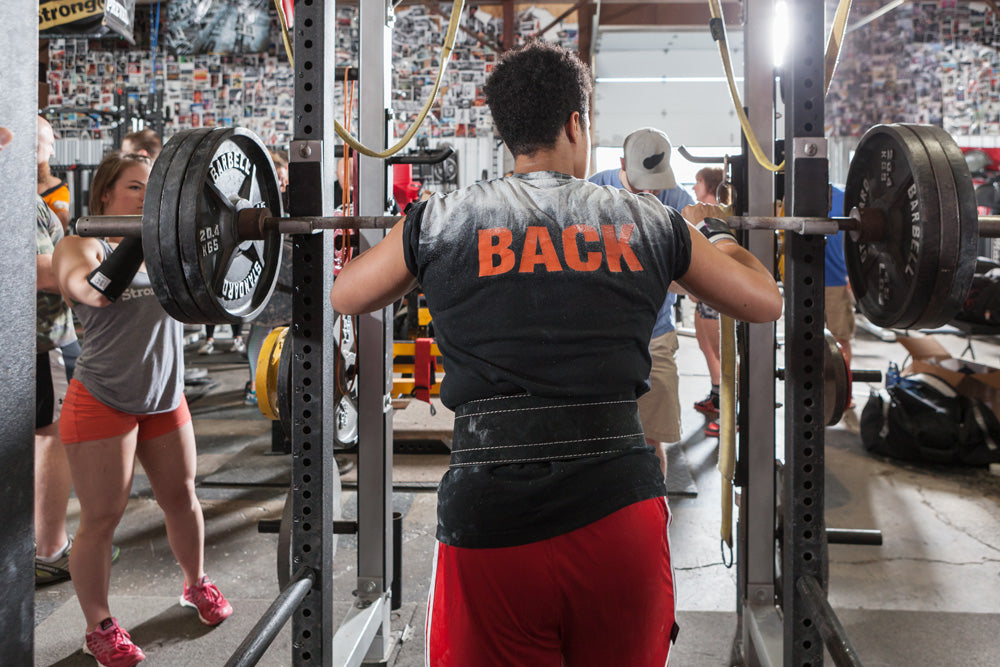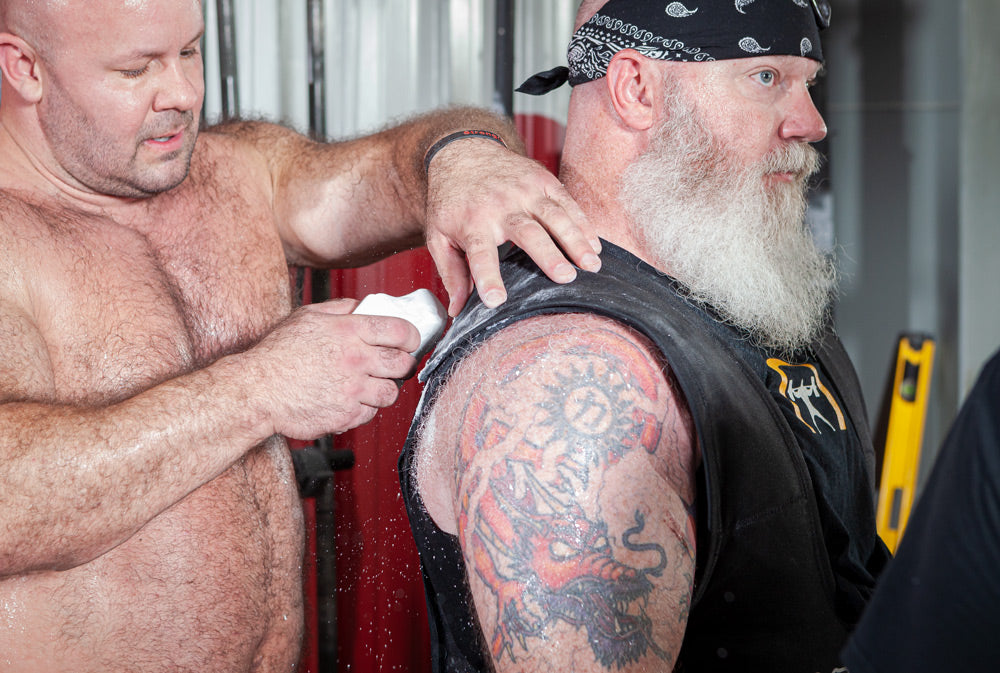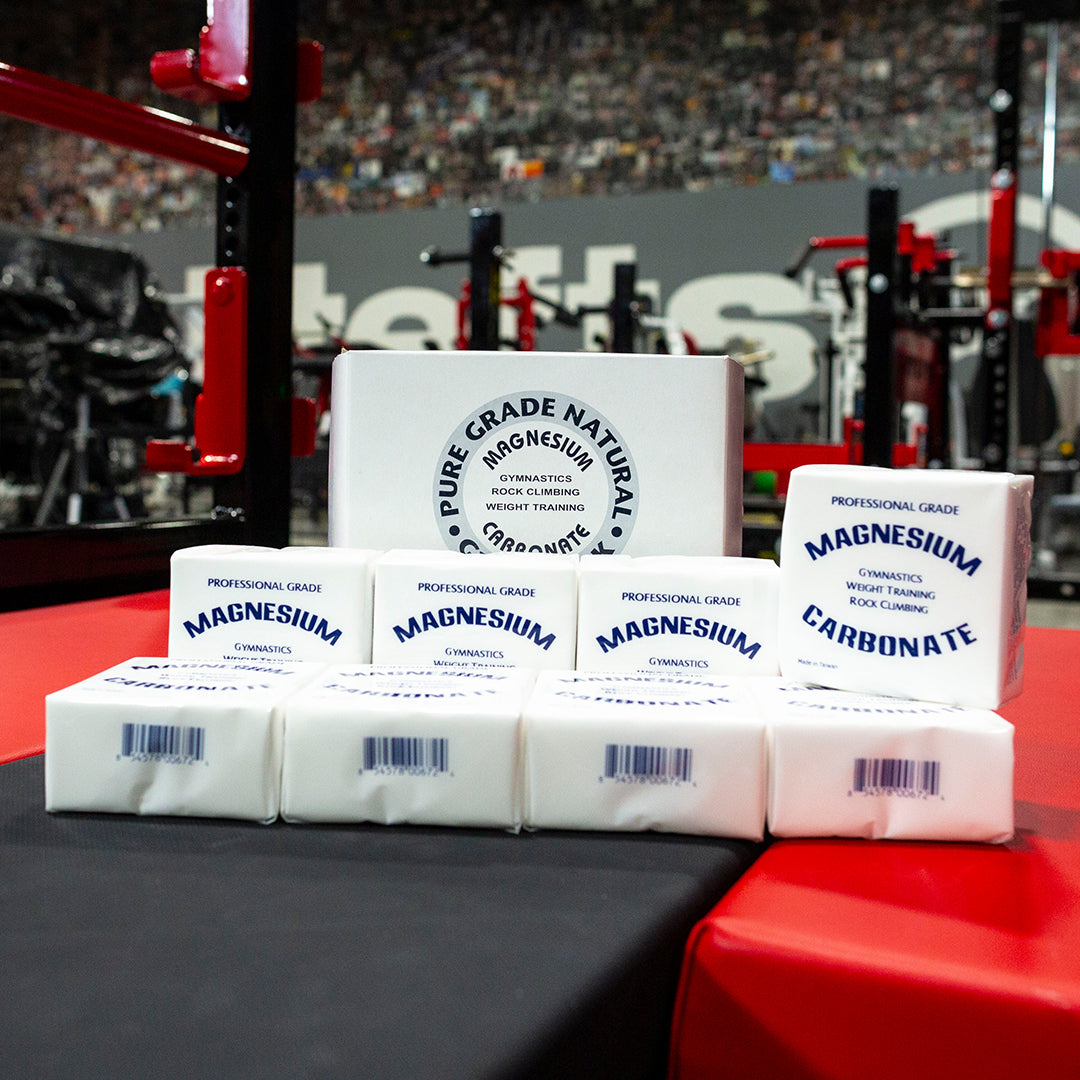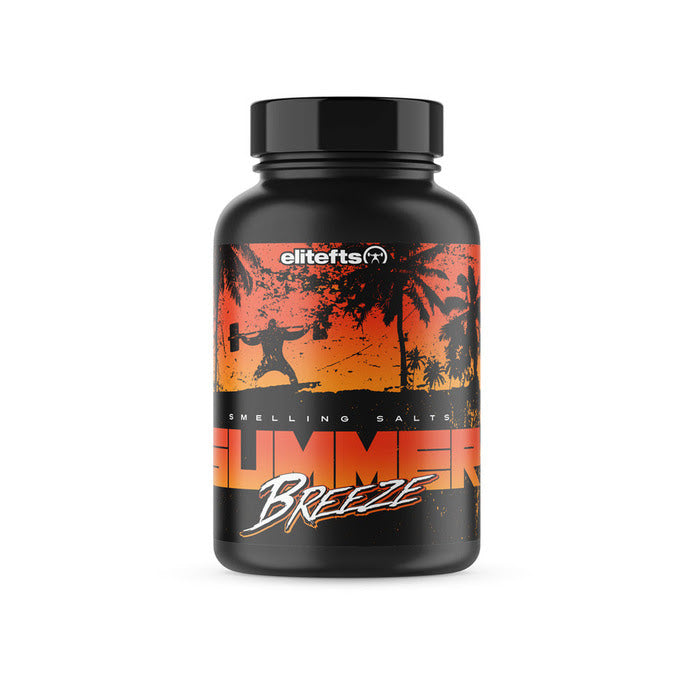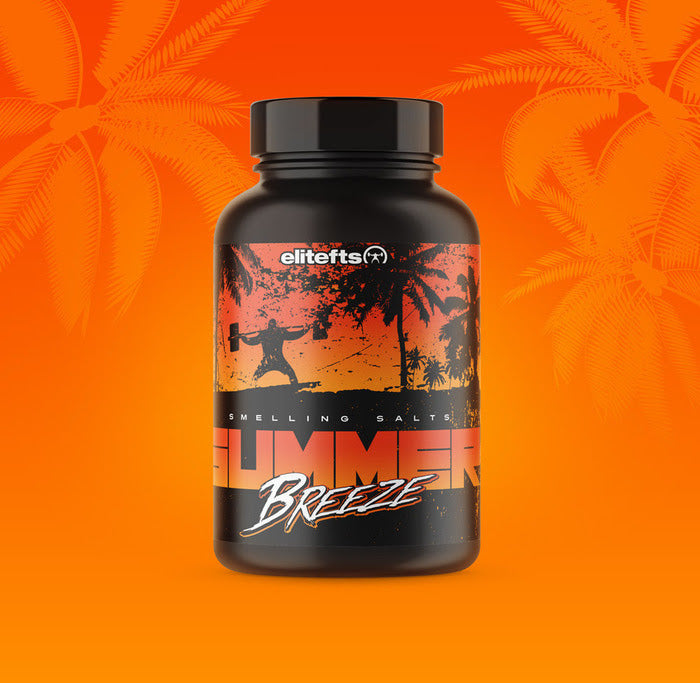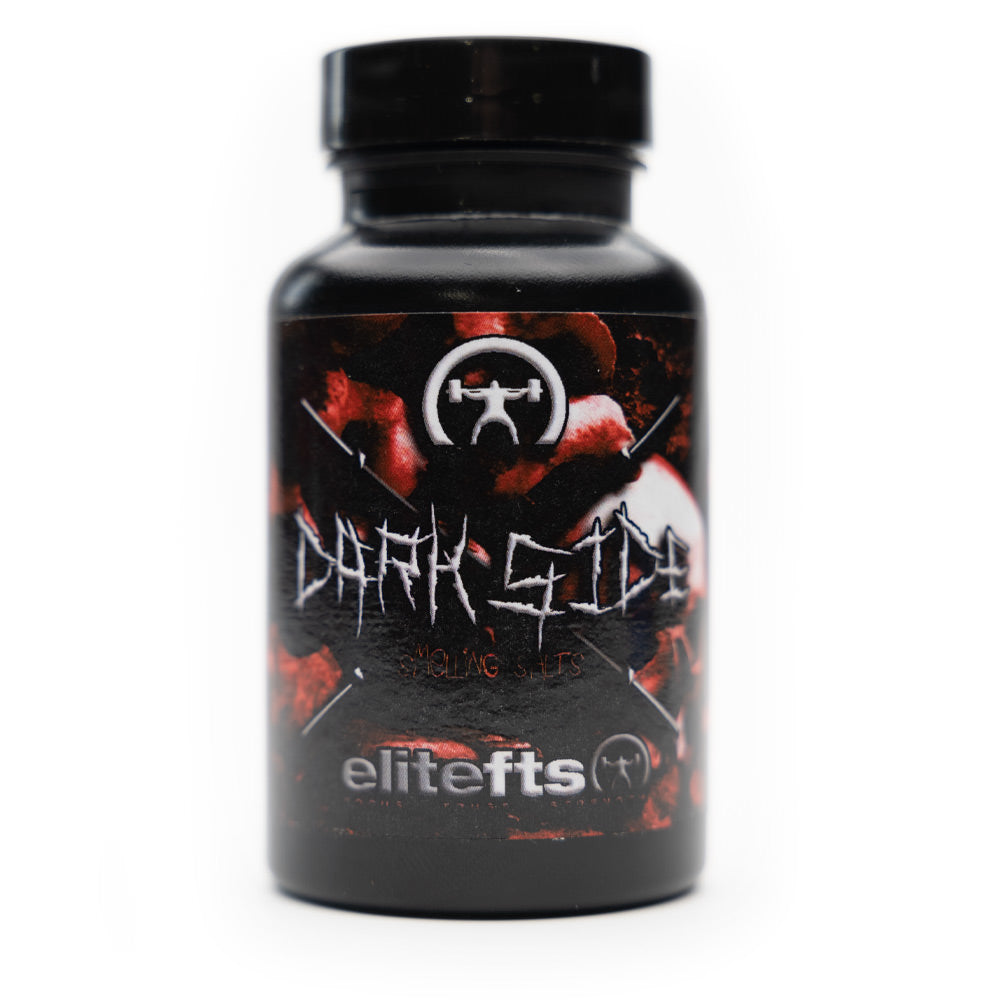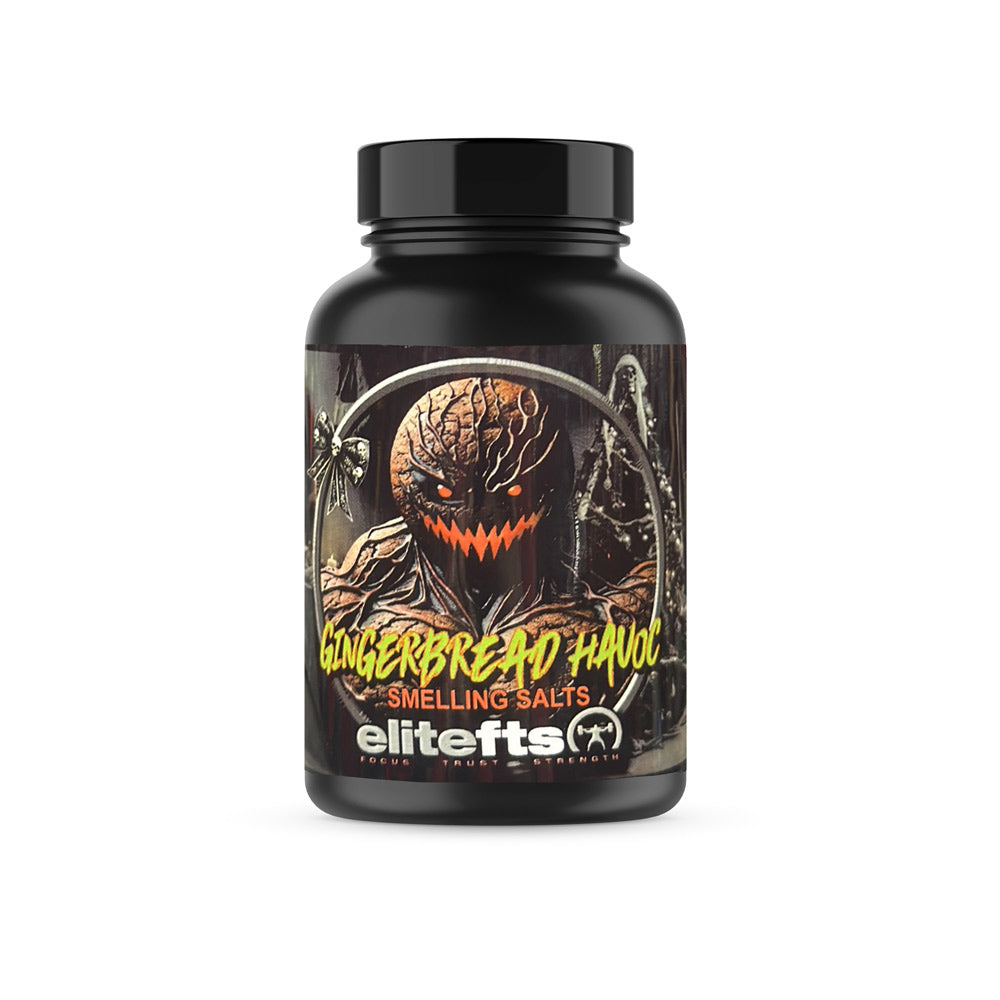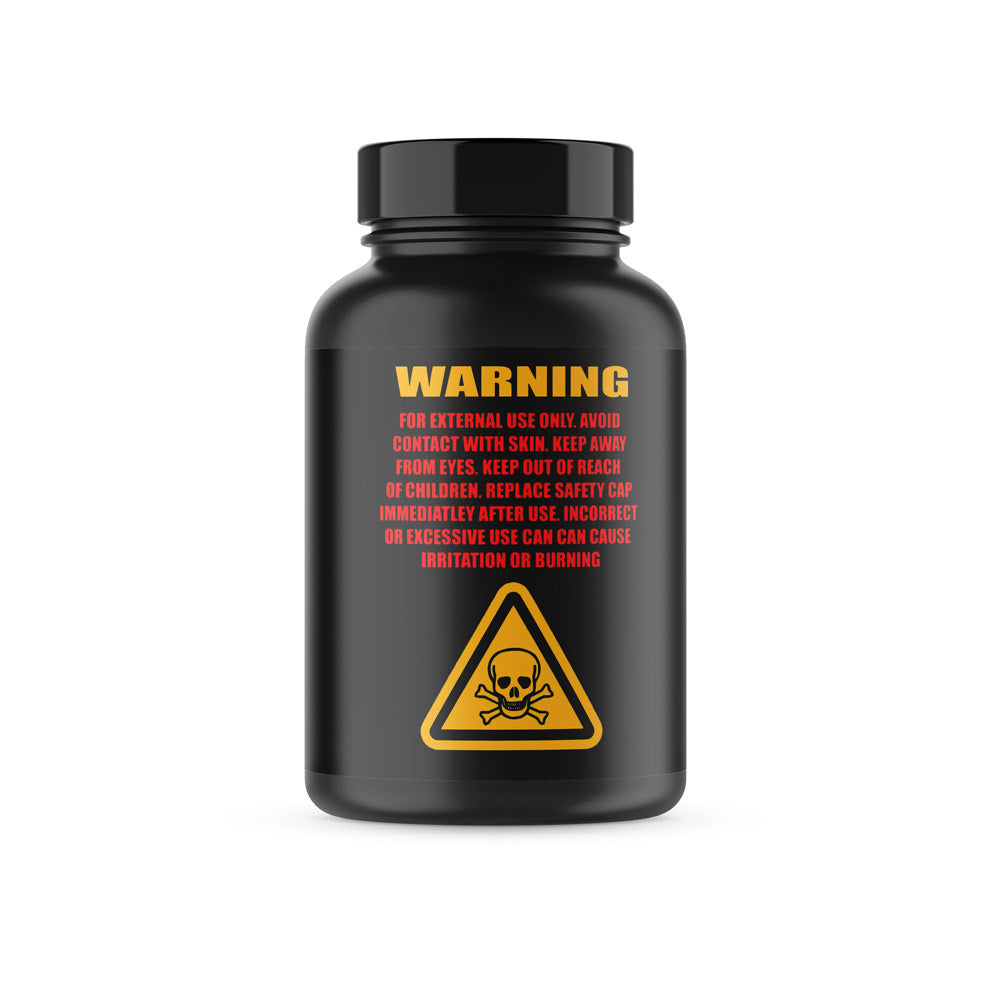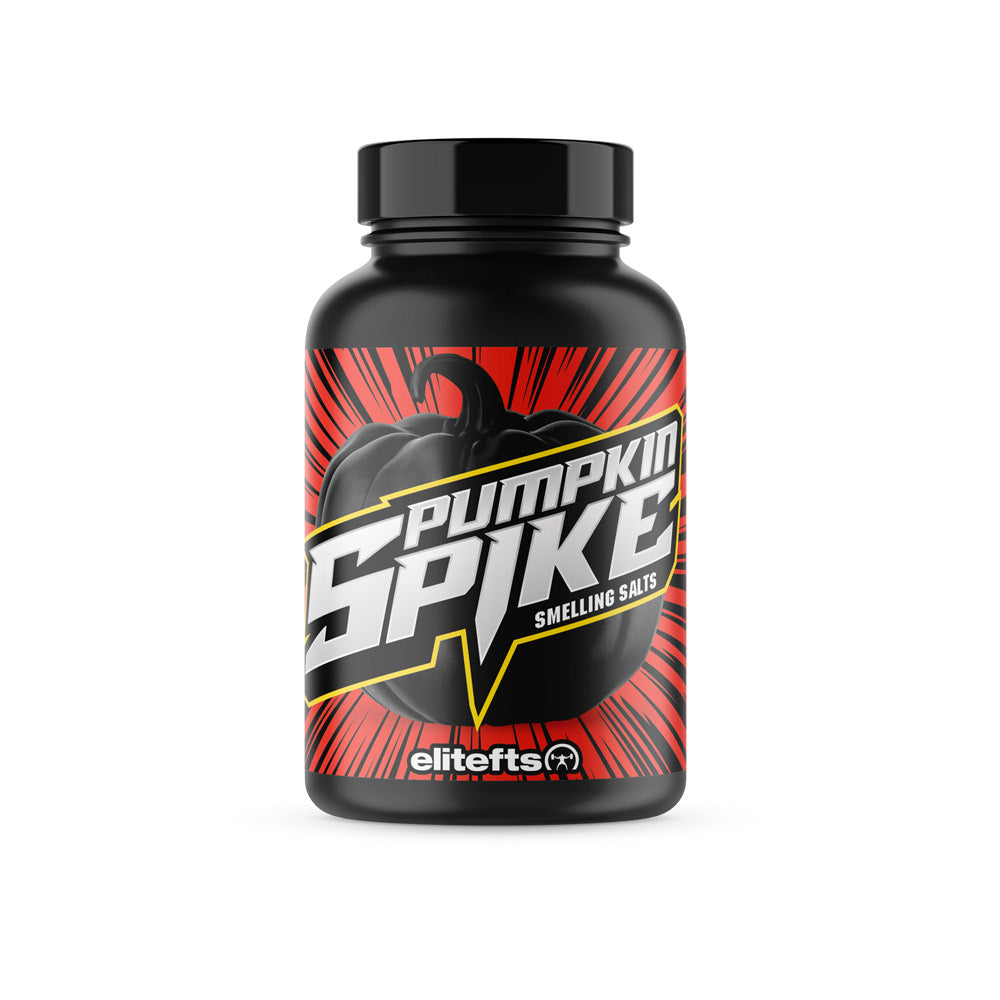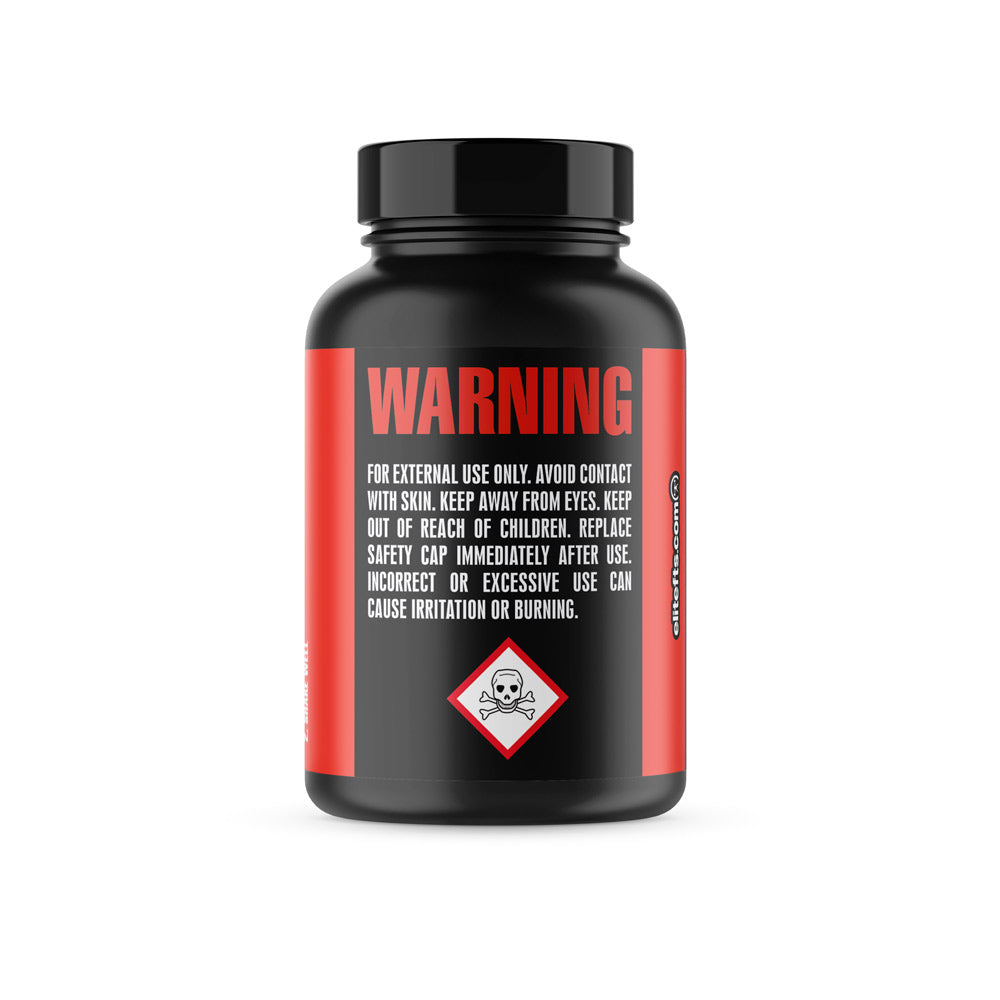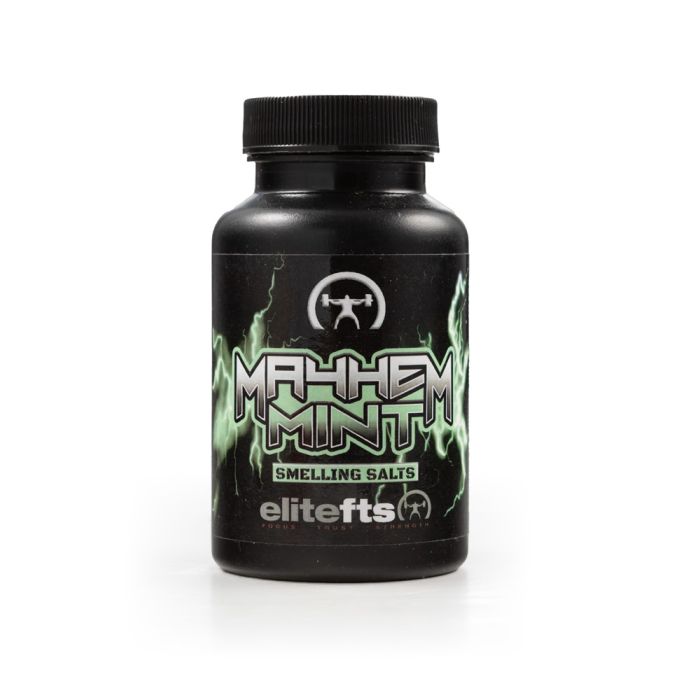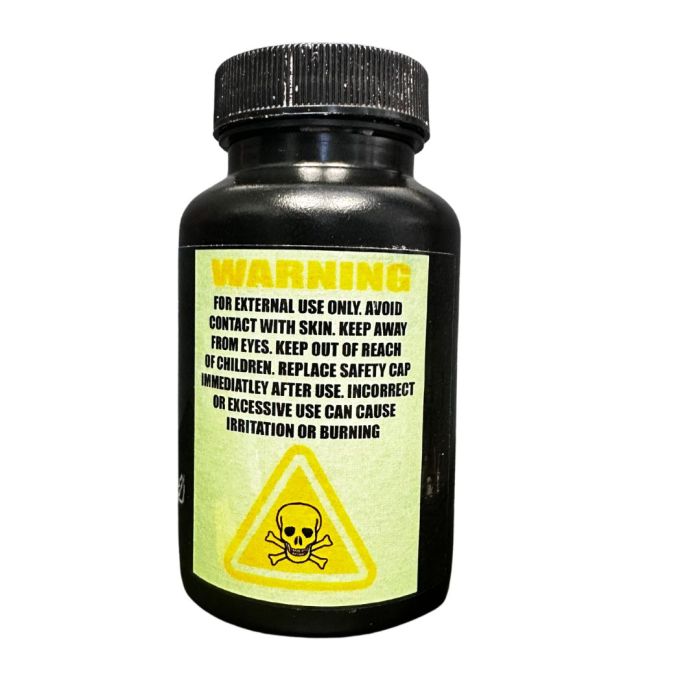When I competed back in the day, my meet prep typically ran anywhere from 12 to 16 weeks. Honestly, unless you're lifting barbaric weights, anything more than a month is unnecessary.
Recently, I decided to step onto the platform again—this time, to bench only. The real goal is to make my seventh weight class at 181 pounds rather than chase a particular number. With that in mind, I dove back into
5/3/1 for Powerlifting. Jim Wendler’s NOV template immediately resonated with me. I’ve kept my training relatively unchanged, and the NOV plan runs year-round. This excerpt from the book really stuck:
PREPPING FOR A MEET—N.O.V.
This is for the last four weeks before a meet. It's the same basic template with just a few changes.
- Don‘t go for max reps; just get the minimum.
- Cut the conditioning down to things that are easy to recover from or completely remove it.
- Cut back on the assistance work; focus on the main lifts.
- In the last week before the meet, don't do any training.
- At the meet, kick ass. No excuses. You're strong, in shape, and ready.
Training Minimalism: Strip It Down to Build It Up
Most of us default to adding too much “stuff” to our training. We operate under the assumption that more is better. But if your primary goal is to get stronger or bigger, you need to minimize conditioning.
When writing out my peaking phase, I stuck closely to the NOV guidelines. The hardest parts? Cutting assistance and conditioning. I found myself going back and forth over which assistance work was necessary—and the truth is, almost none of it is. Other than some kettlebell bottom-up presses for shoulder stability and a few lunges or split squats for hip health (which I include in my warm-up), I don’t need anything a month out.
The Conditioning Trap
I love being wildly conditioned. It's tempting to believe that a few Airdyne sprints or ruck walks won’t interfere with strength. But that’s a lie. They are stressors. They do cause fatigue. A month of walking will help my recovery far more than any high-intensity conditioning. And no—my conditioning won't fall apart in four weeks. In fact, this break might be exactly what my body needs.
Intent Is Everything
This Monday was my first meet prep training day—and it was f’ing awesome.
Normally, I rush through training. But this month? I’m taking my time. I fully warmed up and took 3–5 minutes between sets. I avoided my phone and focused mentally between efforts.
Following the Prilepin chart, this was my 85% week, which calls for sets of 3–6 reps totaling 12–24 reps overall. Initially, I wrote down 4 sets of 6. Then I remembered the NOV rule: “Don’t go for max reps.” It's not just about rep PRs—this also applies to training structure. The flexibility in Prilepin's chart exists for a reason. Let the training dictate the reps.
Precision Over PRs
I brought dead-serious intent to every single rep. Each lift was performed like a heavy single. I ended up hitting 4 sets of 6. Not once did I feel my RPE exceed 8. After bench, I moved on to reverse band bench pulldowns and dynamic FLS deadlifts, executing every rep with the same level of precision.
I’ve been training for over 40 years, and I’ll remember that session for the rest of my life. Not one lift came close to failure. Each one was performed with deliberate focus. I felt strong as hell and walked away with a ridiculous pump—like I had been doing drop sets with Arnold. The next morning? I felt like I’d been hit by a bus. All from doing less volume than usual.
Final Thoughts: Why Meet Prep Teaches You to Prioritize
Intent matters. The quality of your reps matters.
Meet prep reminded me that sometimes I’m looking to add more to my program because I’m not emphasizing what truly matters. Peaking forces you to cut the fluff and zero in on what moves the needle.
That’s not to say assistance work and conditioning have no place. But if you’re training correctly, you might not need nearly as much of them as you think.
As a self-coached athlete, Vincent Dizenzo held an all-time world record in the bench press and was a top ten ranked lifter for over a decade. He has benched 600 or more raw in three different weight classes and has a 900 equipped bench to his credit. Now Vincent is focused on becoming a more fit version of himself. With his undertaking of Operation Be Less Fat, Vincent has lost over 100 pounds. Through this journey, he continues to provide invaluable advice on training, nutrition, and conditioning.

